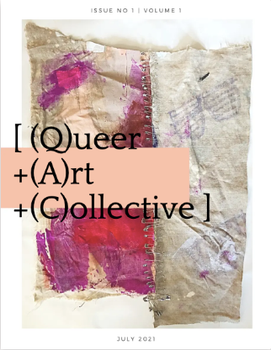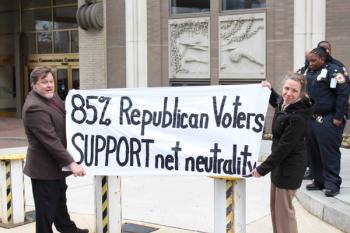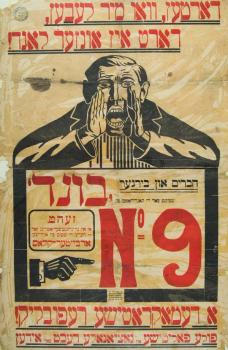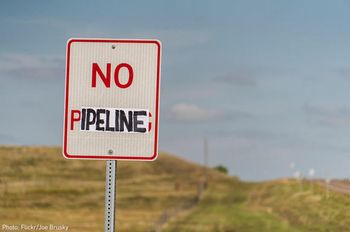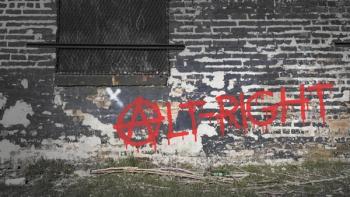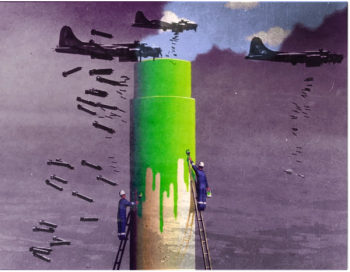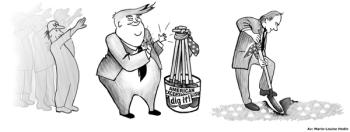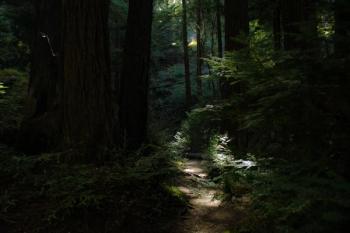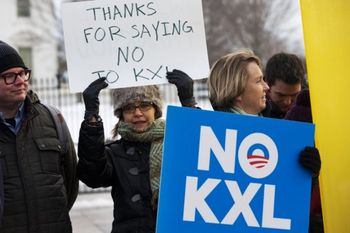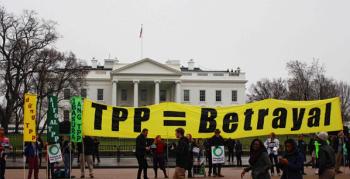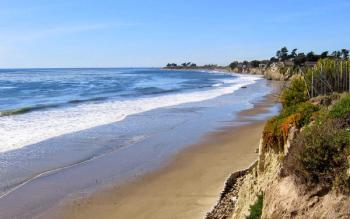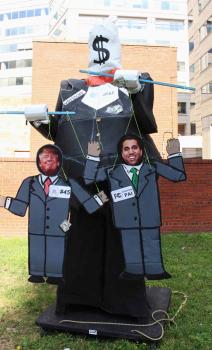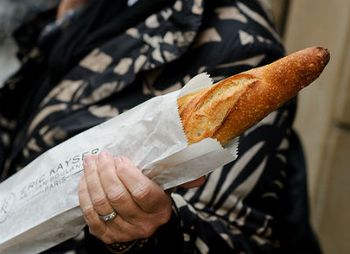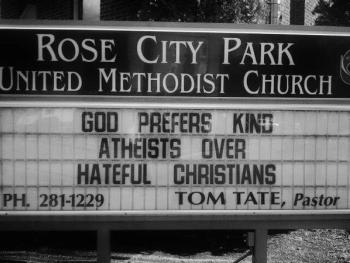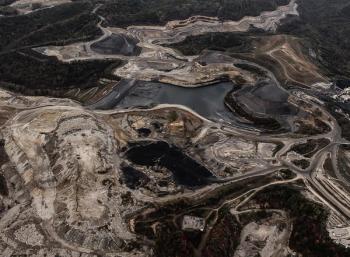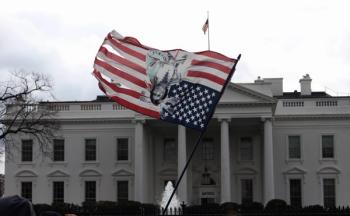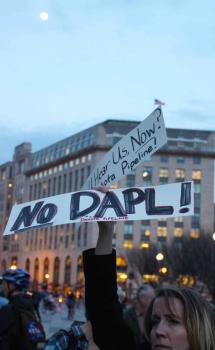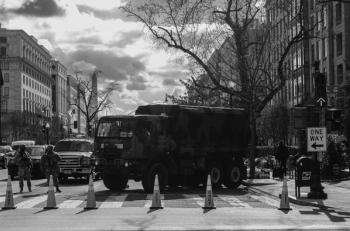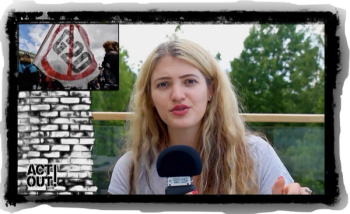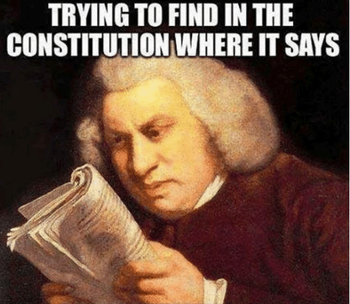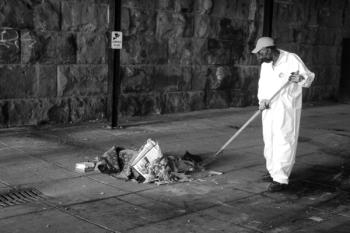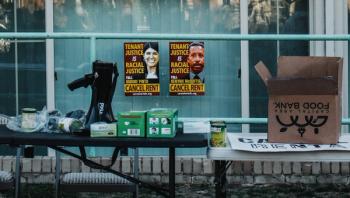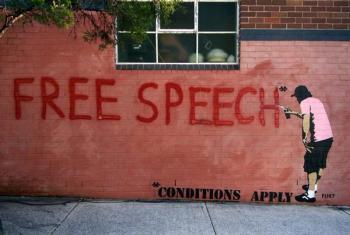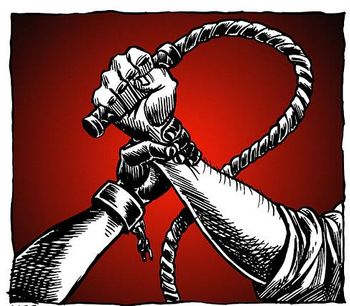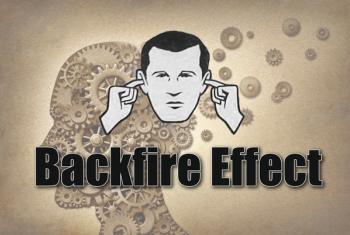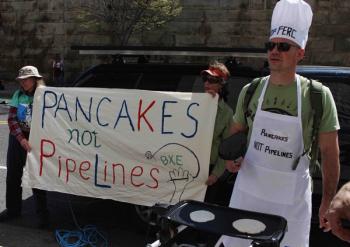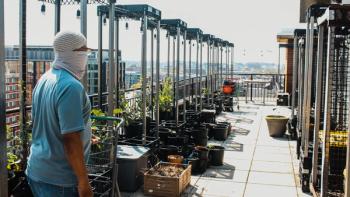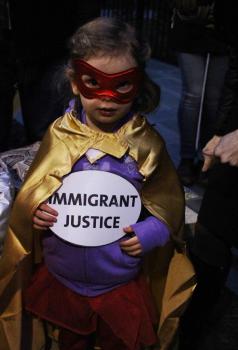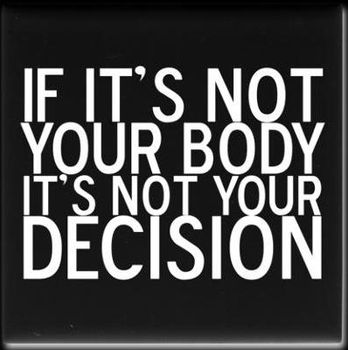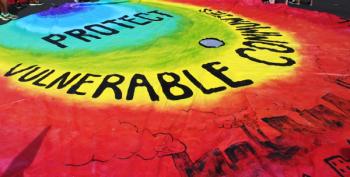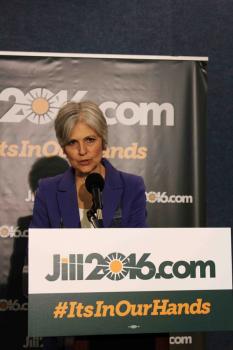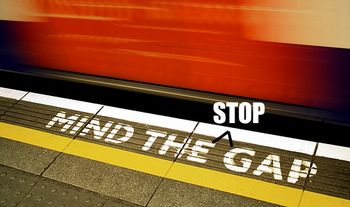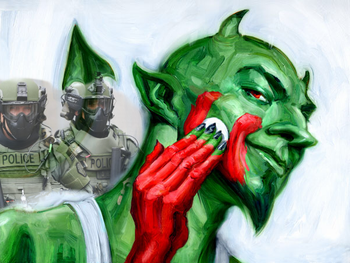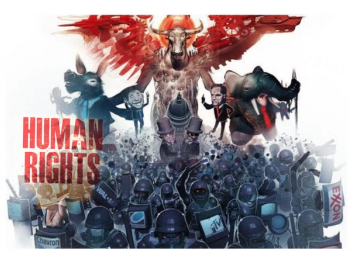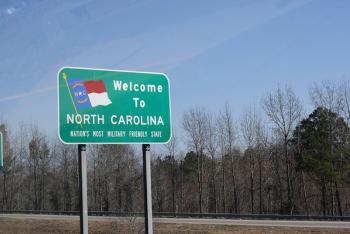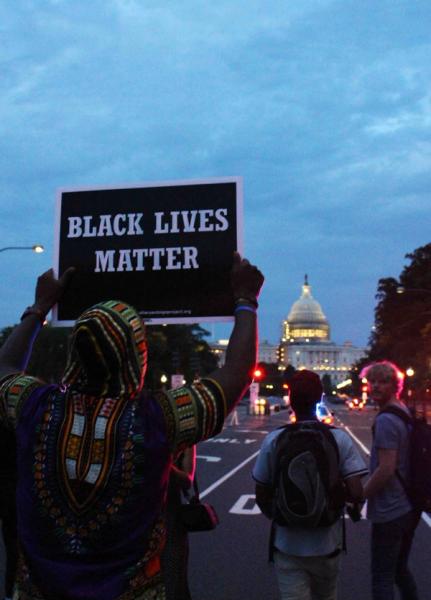
Our House! #BlackLivesMatter at the Capitol
2016-07-08
by Eleanor Goldfield
Two days after the death of Alton Sterling and one day after the death of Philando Castile, activists took to the streets in several major cities to once again call for justice and to disrupt the workings of a grotesquely racist and unequal system. At the start of the protest here in DC, many people seemed at a loss for words. As activist YahNé Ndgo told me when I spoke to her via skype today, “It’s really hard to know what to say at this point. After what happened to Trayvon Martin, you had a lot to say. After Tamir Rice, you had a lot to say. And at a certain point, you just say the same thing over and over again.”
The crowd began to thicken around 8pm, the air hung heavy and low. Signs rose higher against the backdrop of the White House, murmurs turned to chants and people began to step forward, giving words to their grief. Allies and supporters bolstered chants for justice as the crowd coalesced around those standing up to share their stories, their experiences, their fears. One woman stepped into a clearing and shouted: “I can’t believe that I am here outside the White House with my child today! I thought we fixed this. There’s a black man in that house,” she cried, pointing to the White House.
Around 8:30pm, the march moved down Pennyslvania Ave. towards the Capitol. I can’t say a specific number but a rough estimate would be around 2,000 people marching quickly and resolutely towards the Capitol. Once there, the front line barely slowed down to move past 10 or 15 cops standing in front of the steps to the Capitol on 1st street. Police had set up barricades at the first landing of steps towards the Capitol and the march held there for about 15-20 minutes while activists at the front spoke to the crowd and lead them in chants. An organizer then asked the crowd to turn on their flashlights for Alton Sterling, Philando Castile and all the black men and women killed by cops. He then told everyone to livestream on Facebook as they planned to take back the house that “we built.” He made it a point to say that he had no intentions of destroying the house that we built but to take it back and to demand justice for black lives lost.
Protestors then pushed through the first barricade. Police attempted to push back but ultimately pulled back to the next barricade – now the last barricade between the crowd and the Capitol building itself. Chants continued – protestors pushed and police pushed back. After another 10 minutes, that same organizer was given a loudspeaker by one of the cops and went to stand on the other side of the barricade. He said that the cops were going to pepper spray us and he didn’t want that to happen so he was not going to ask us to push through this last barricade. He said he wasn’t interested in seeing anyone else get hurt today.
Shortly thereafter, a dozen or so members of Congress came down the steps to address the crowd. At first almost everyone cheered. The unanimous enthusiasm was short-lived, however. Representative John Lewis stood at the front, commending the crowd on their efforts before asking us all to show up on Thursday in order to march for gun control. One man behind me shouted out “What about all of us that have guns legally? They still shoot us!” “Or toy guns!” another woman cried out. Lewis’ speech was fragmented – people in the crowd volleyed back and forth with “Let him speak!” and “I’m tired of talk – we want action!”
Around this time I slunk my way out of the immense crowd and walked down the steps past the busted barricade, past a group of black women shouting “We want action, no more talk! We want justice, no more talk!”
I’m with them. I just couldn’t help but be struck by the visual of members of Congress standing on the steps above the crowd, talking of justice and the power of the people. It’s a scene I’m familiar with – and I know how it ends. I’ve heard these lines that seek to placate and subdue; that momentarily bolster the ego and silence the anger of those literally protesting for their lives.
There are certain members of Congress that I greatly respect. But I respect even more the reality that those members are not the answer – and even if we had more “good guys” on the inside, it still wouldn’t be the answer. When we push, change happens. We made it past the first barricade but there are many more ahead.
Black Lives Matter movement has organized some of the most intense, inspiring and powerful protests that I’ve ever been to and I will continue to go. The type of community building and pointed organizing displayed is something that every movement can learn from. But in all of our movements, from climate justice to racial justice, we need to be clear on who is the catalyst for change – it is not Congress. Yes, that is our house but we do not own it. It is owned by monied interests who DON’T think that Black Lives Matter, who DON’T think that women should control their own bodies, who DON’T think that climate change is real, who DON’T think that humans have a right to health care, education or a living wage. We may have some allies on the inside but our true power lies not in the halls of Congress but in the streets that we march in.
No amount of lip service will bring justice to those who have been executed by a racist system. The actions that I saw tonight, that I took part in, as an ally and supporter – those are the actions that will bring justice. Here’s to the other side of the barricades – keep pushing.
Please feel free to share images. Credit Eleanor Goldfield/Art Killing Apathy. A video is also available on Act Out’s FB page
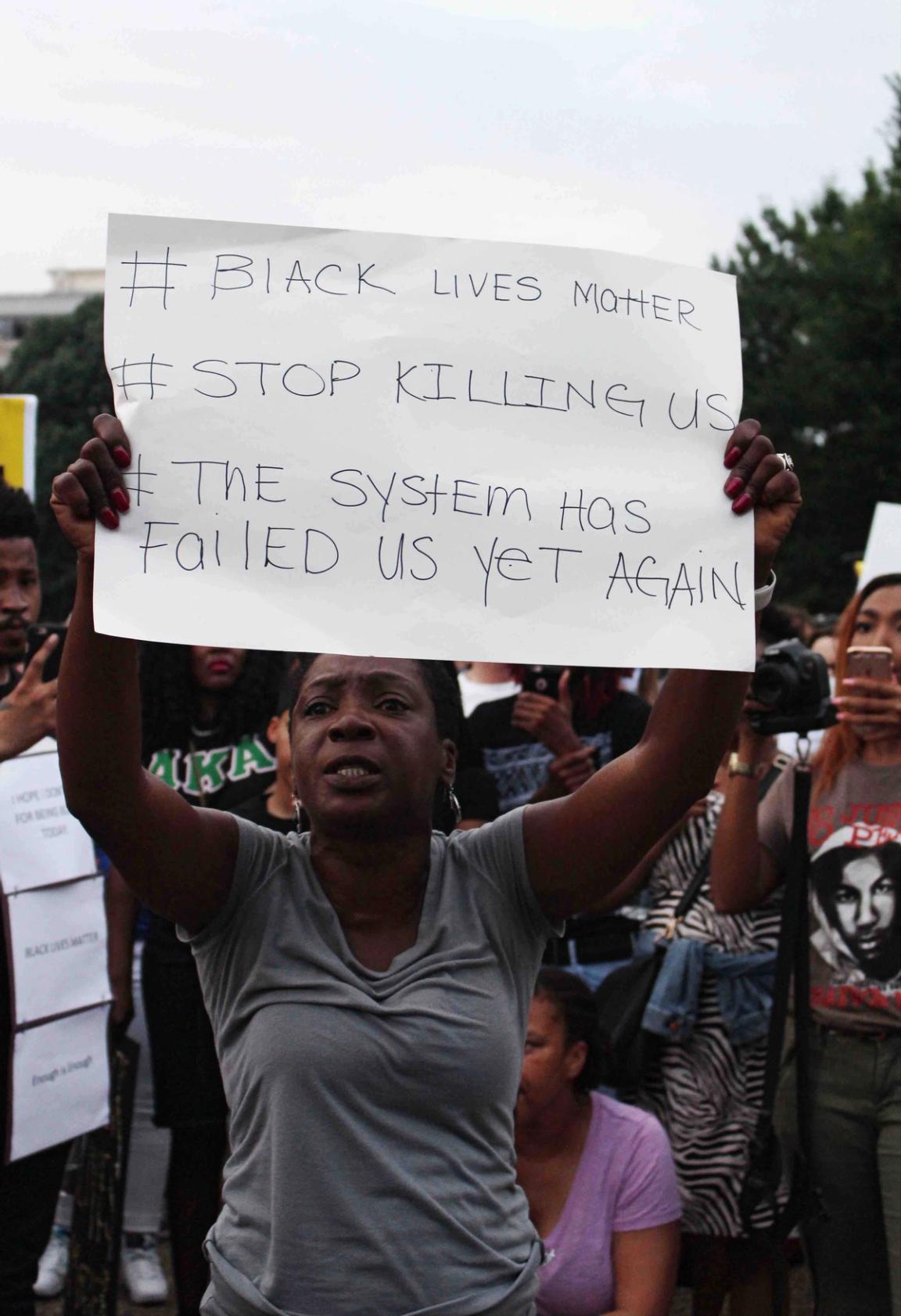
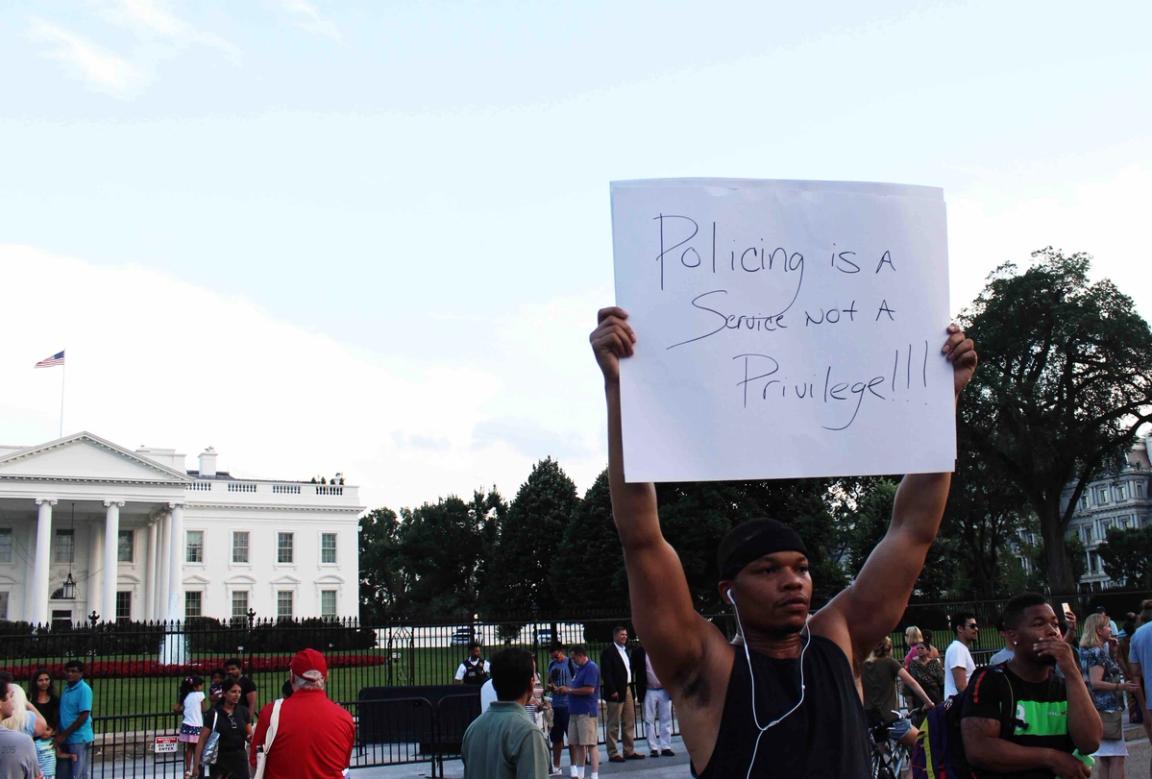
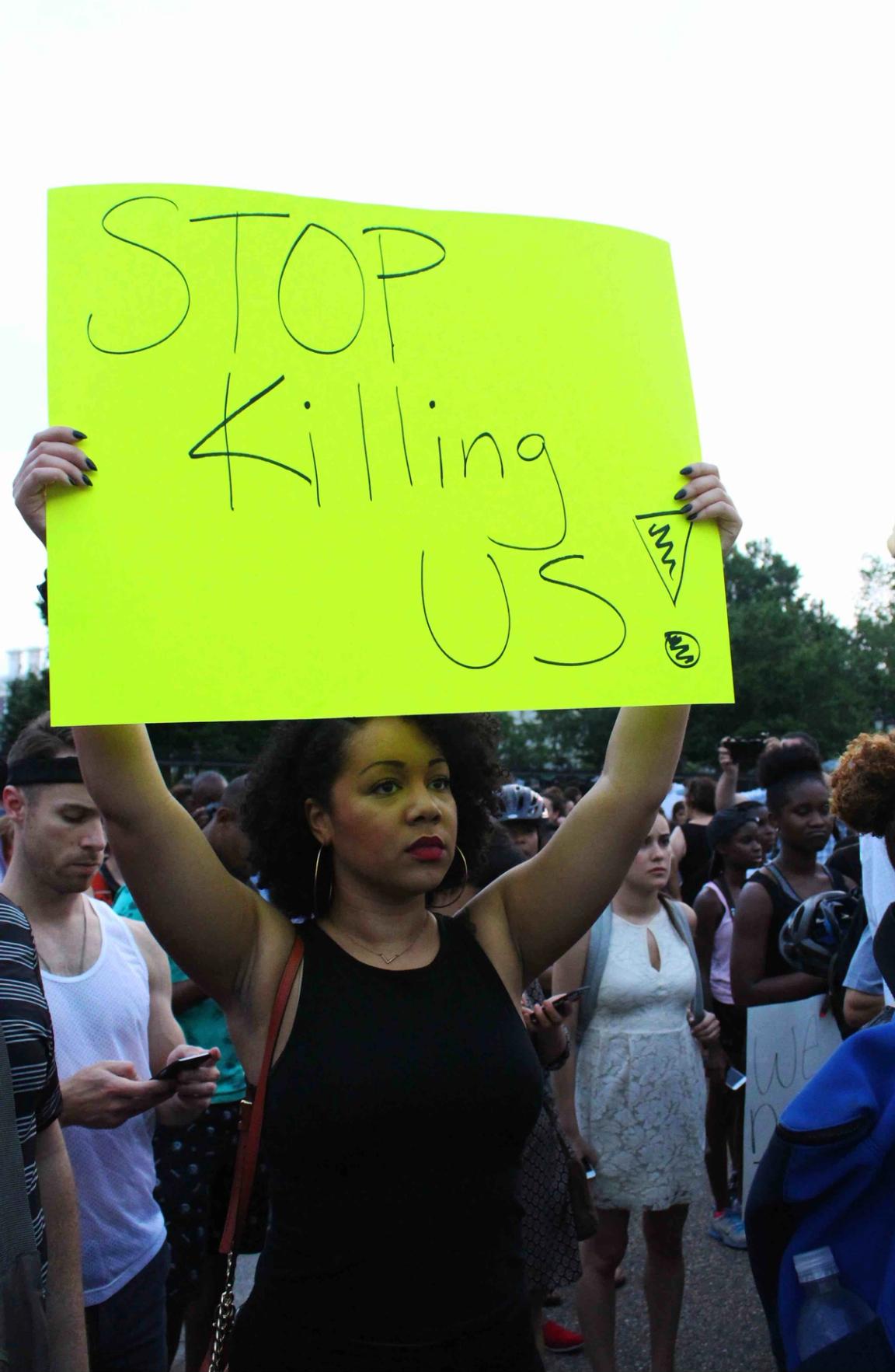
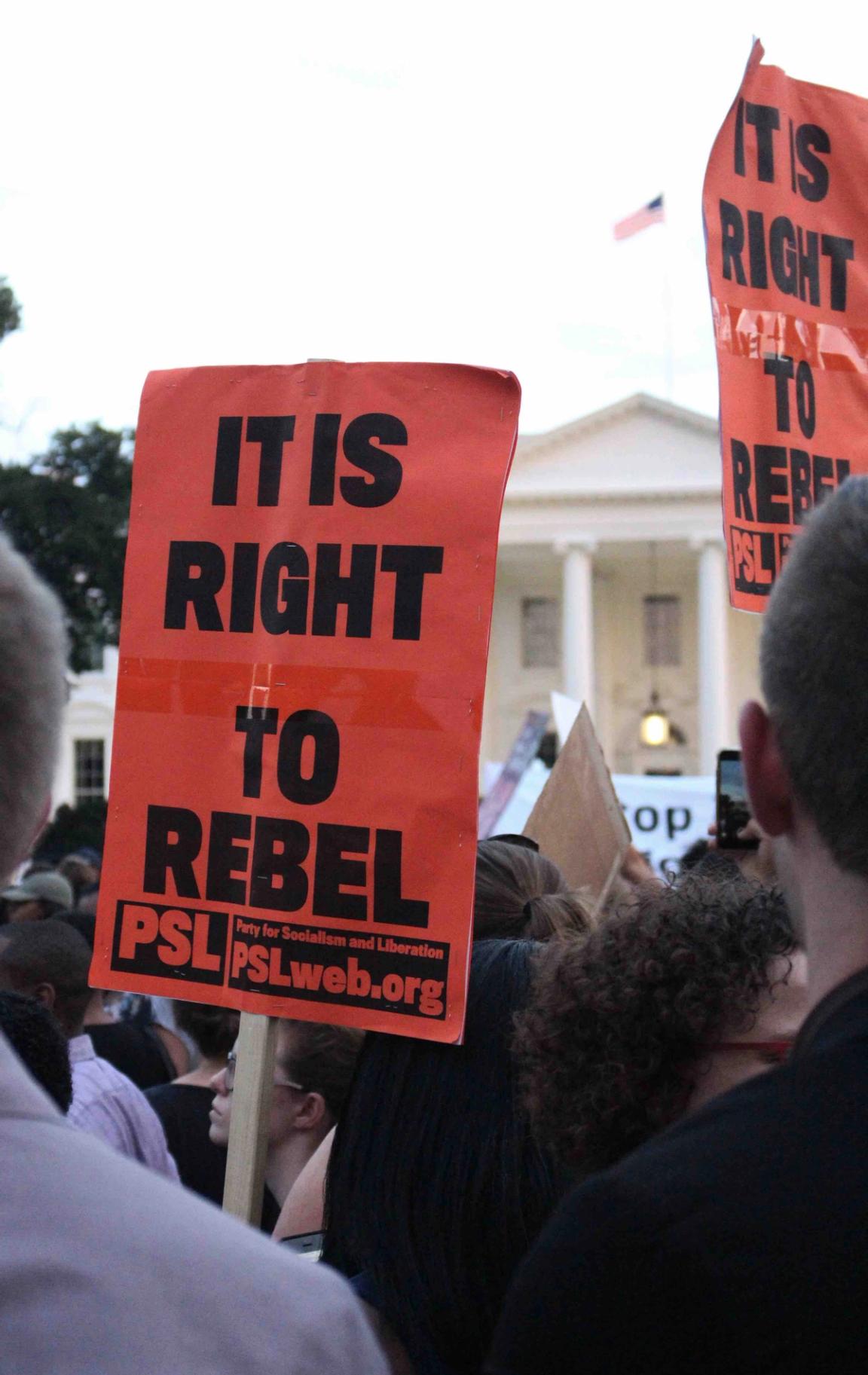
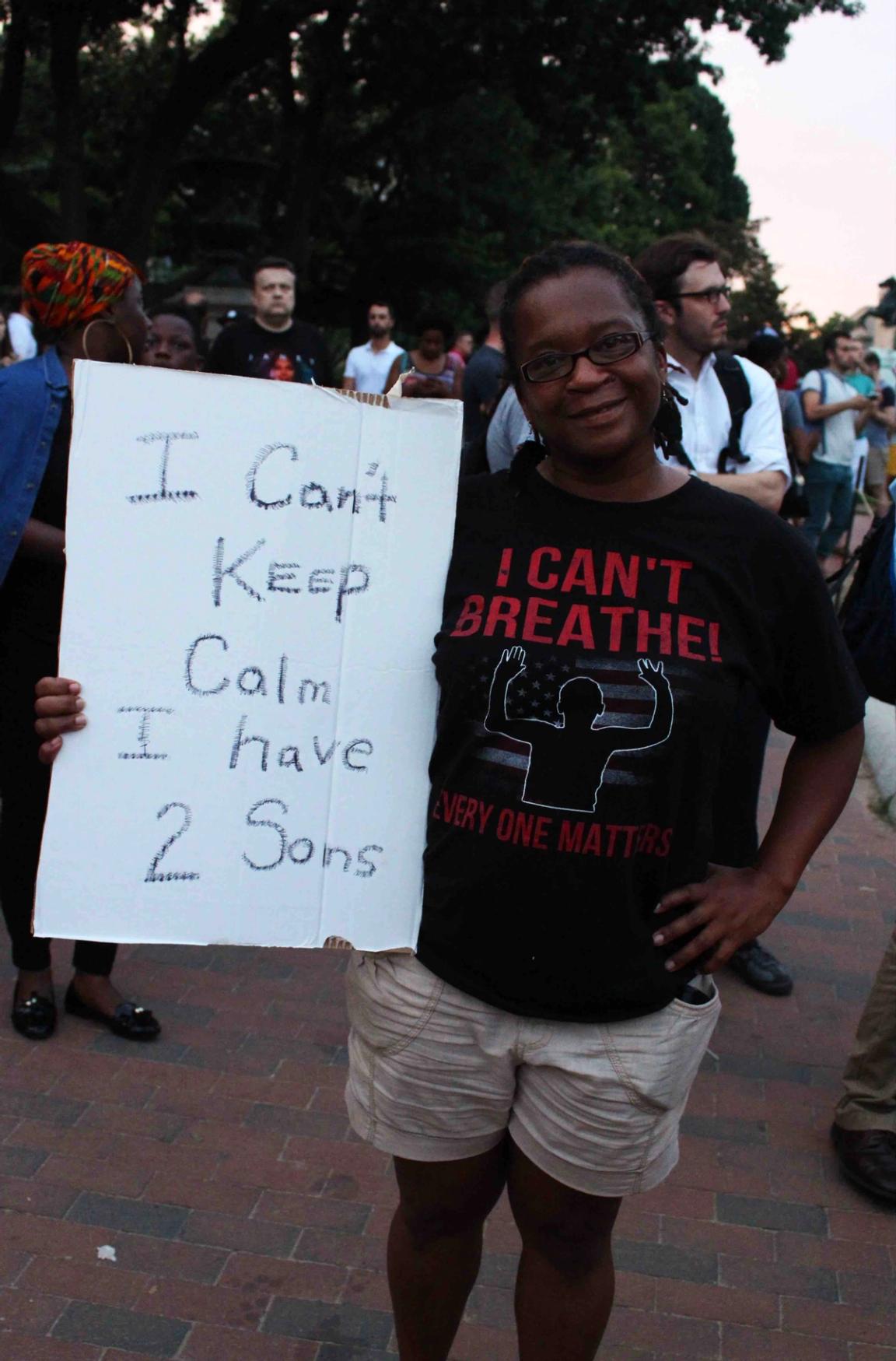
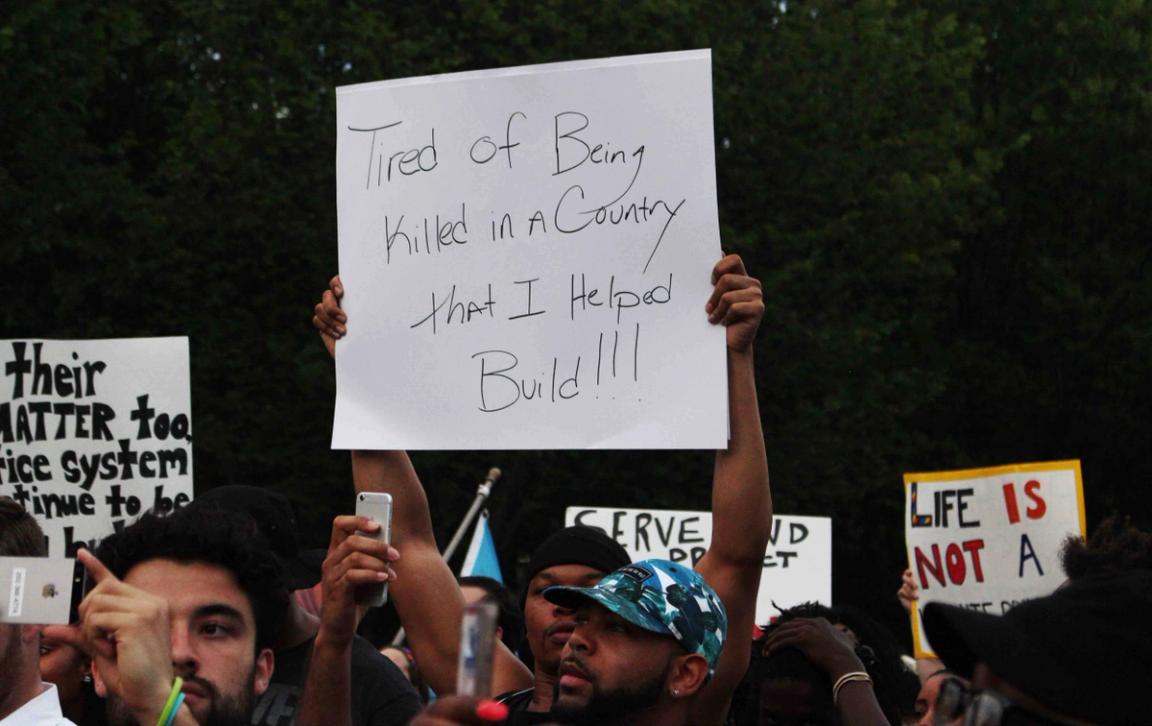
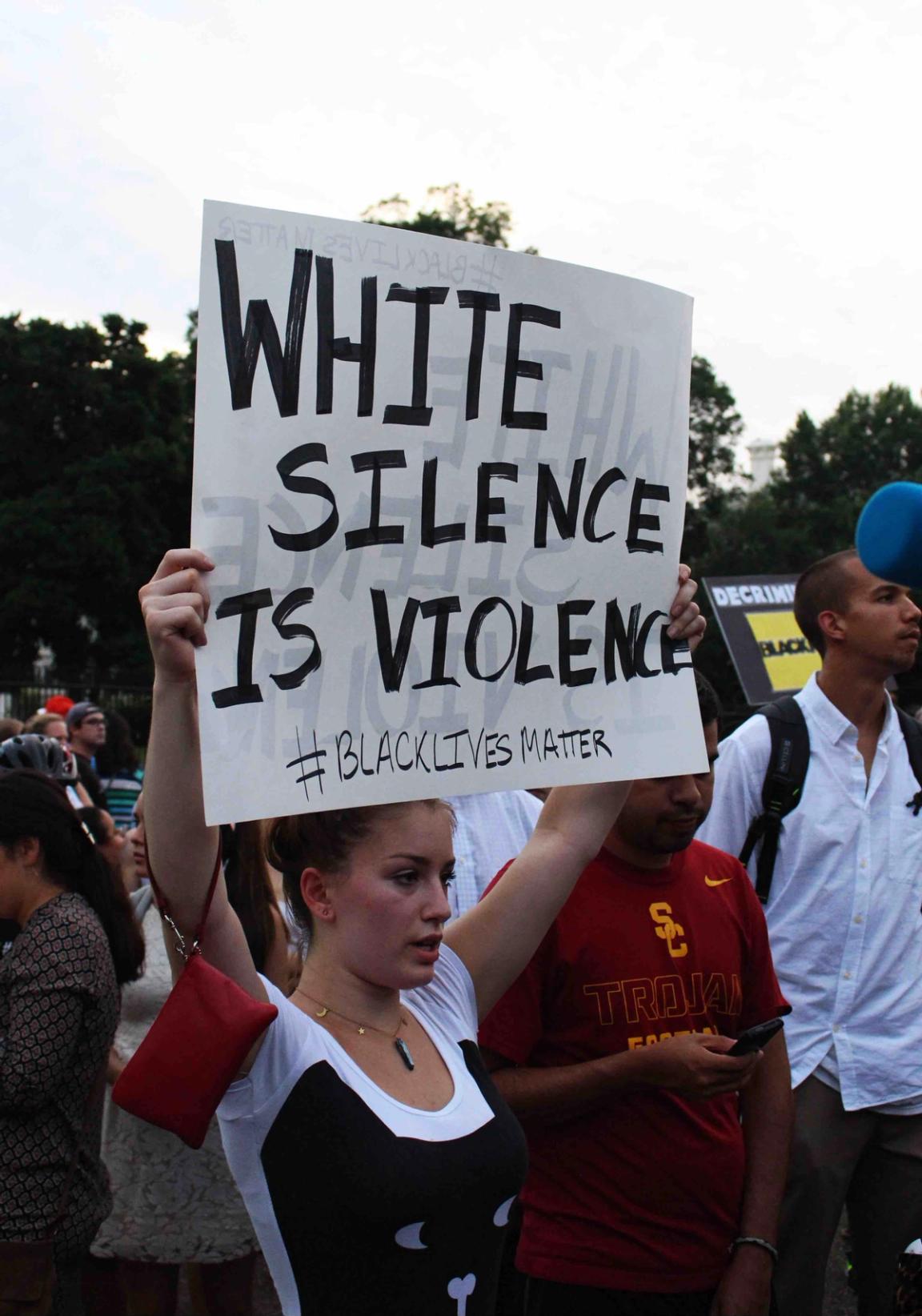
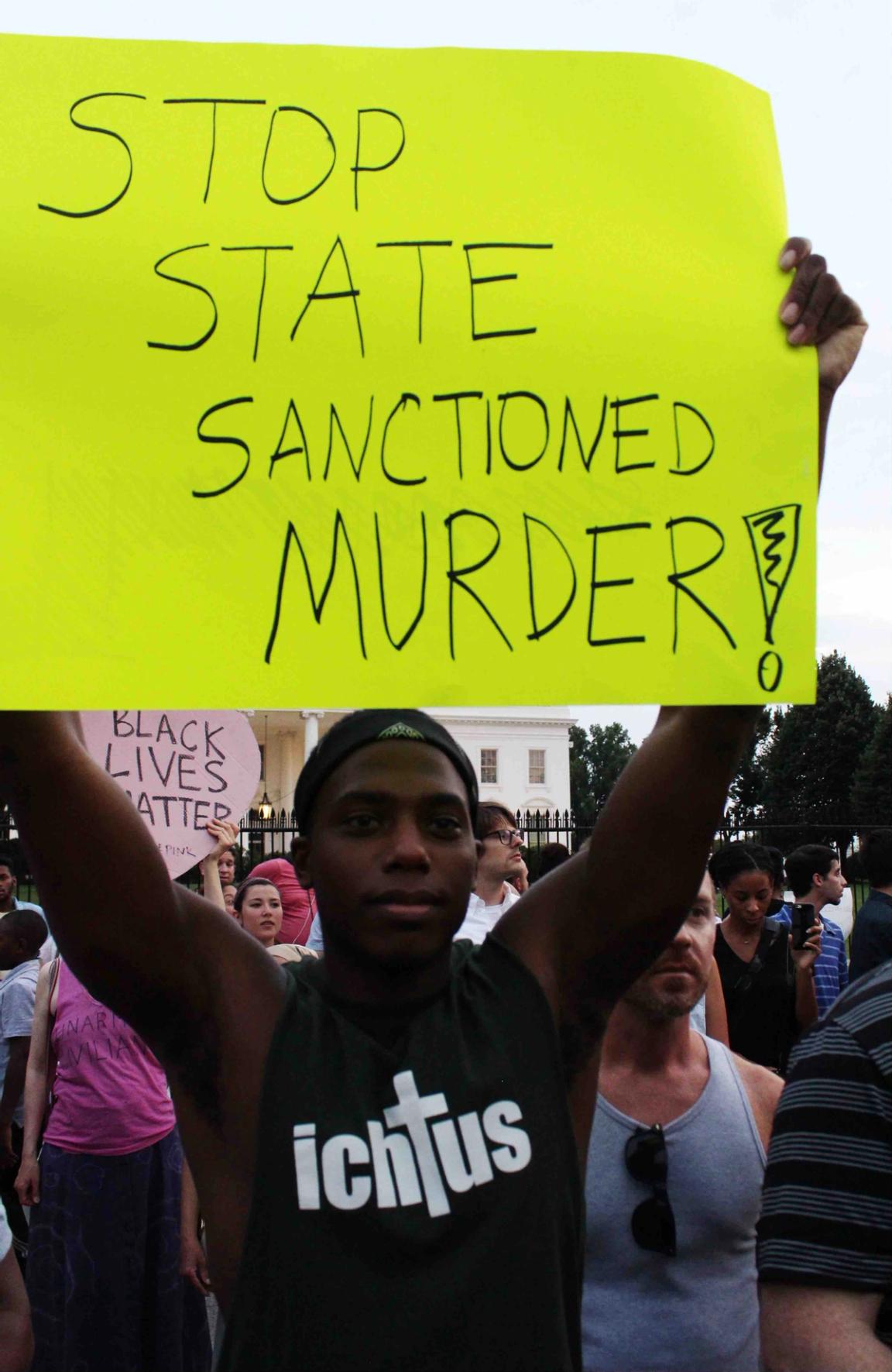

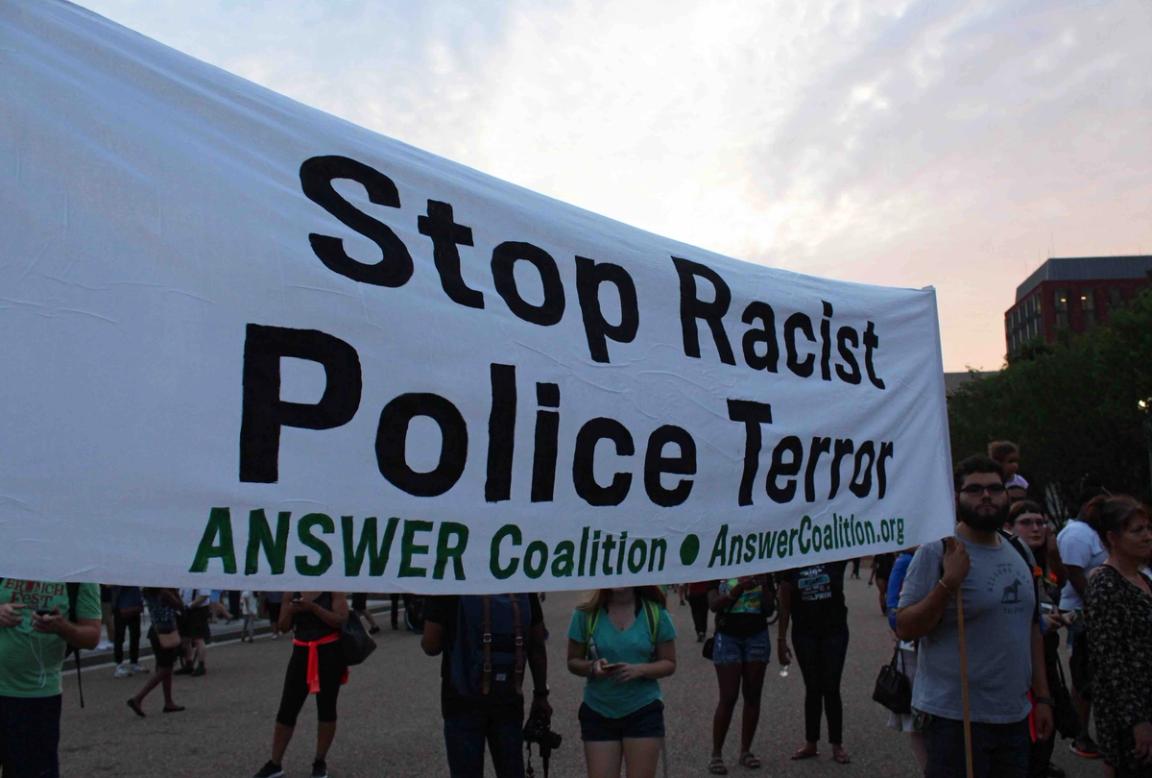


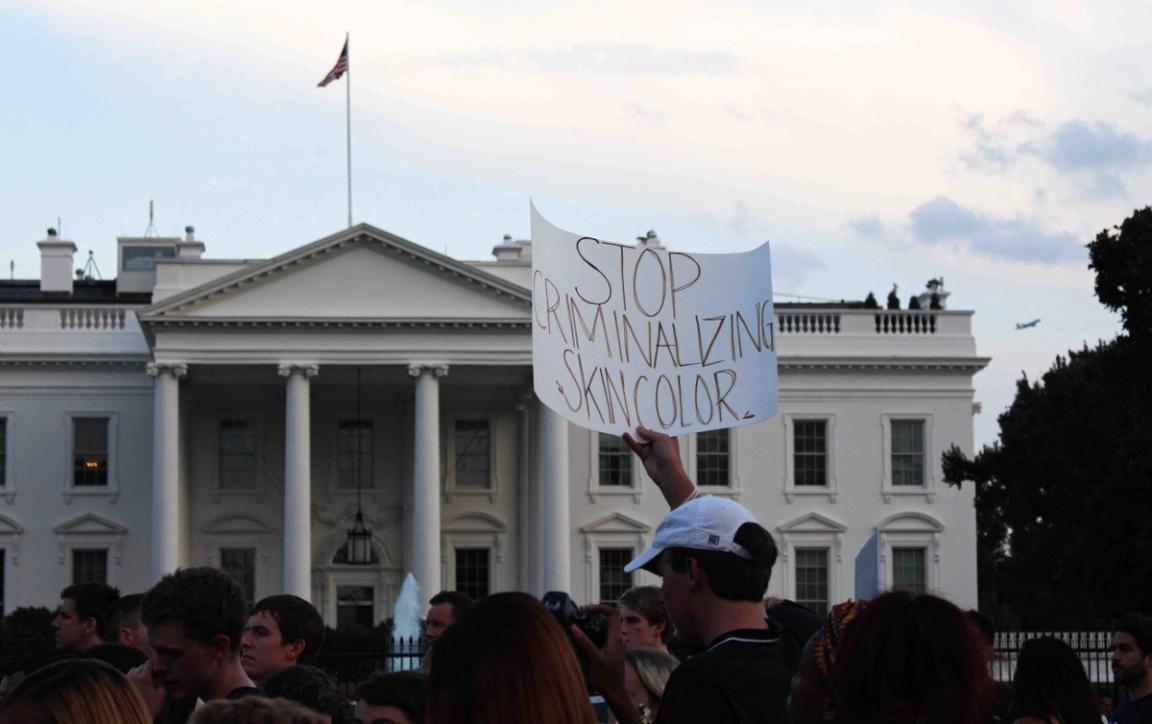




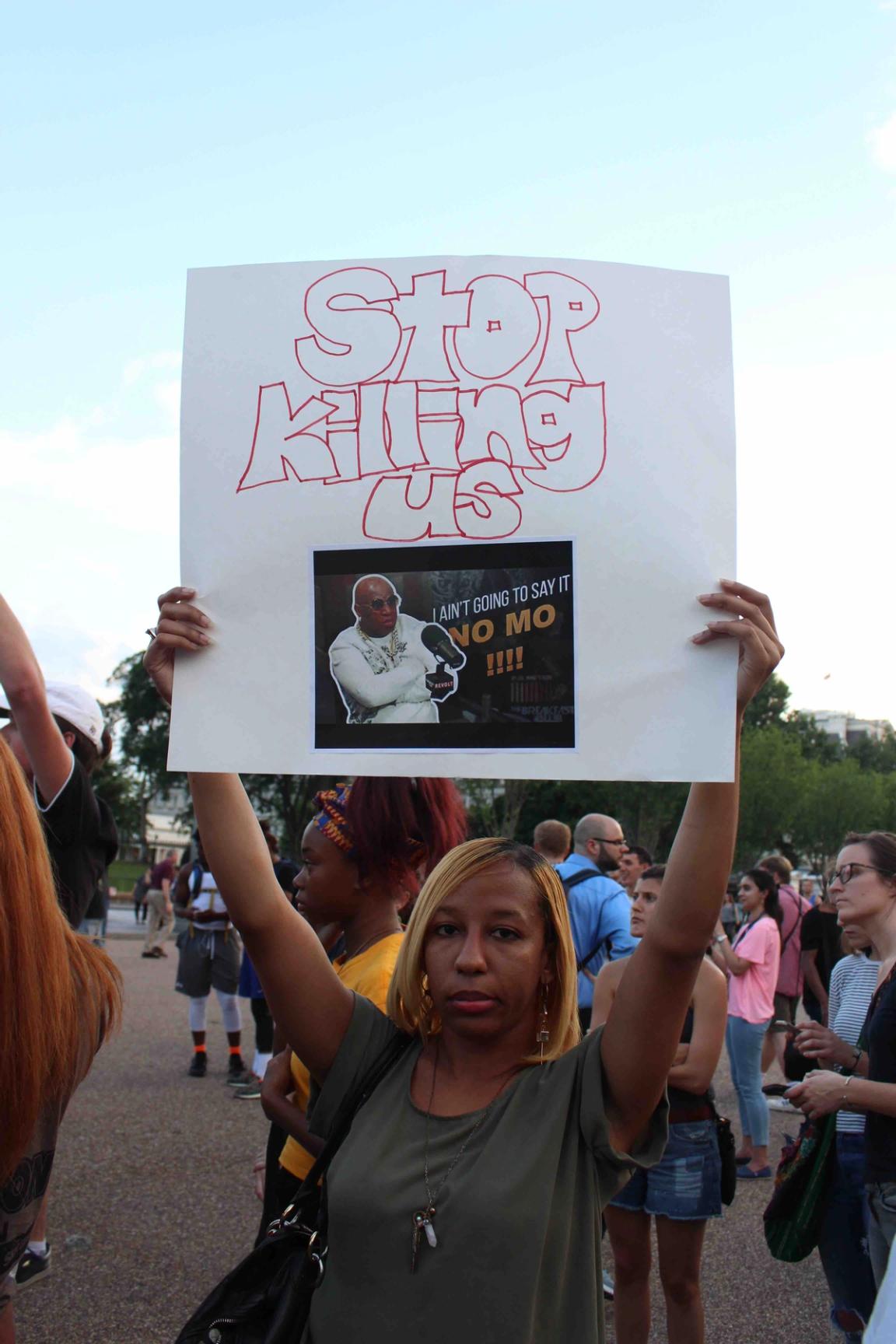
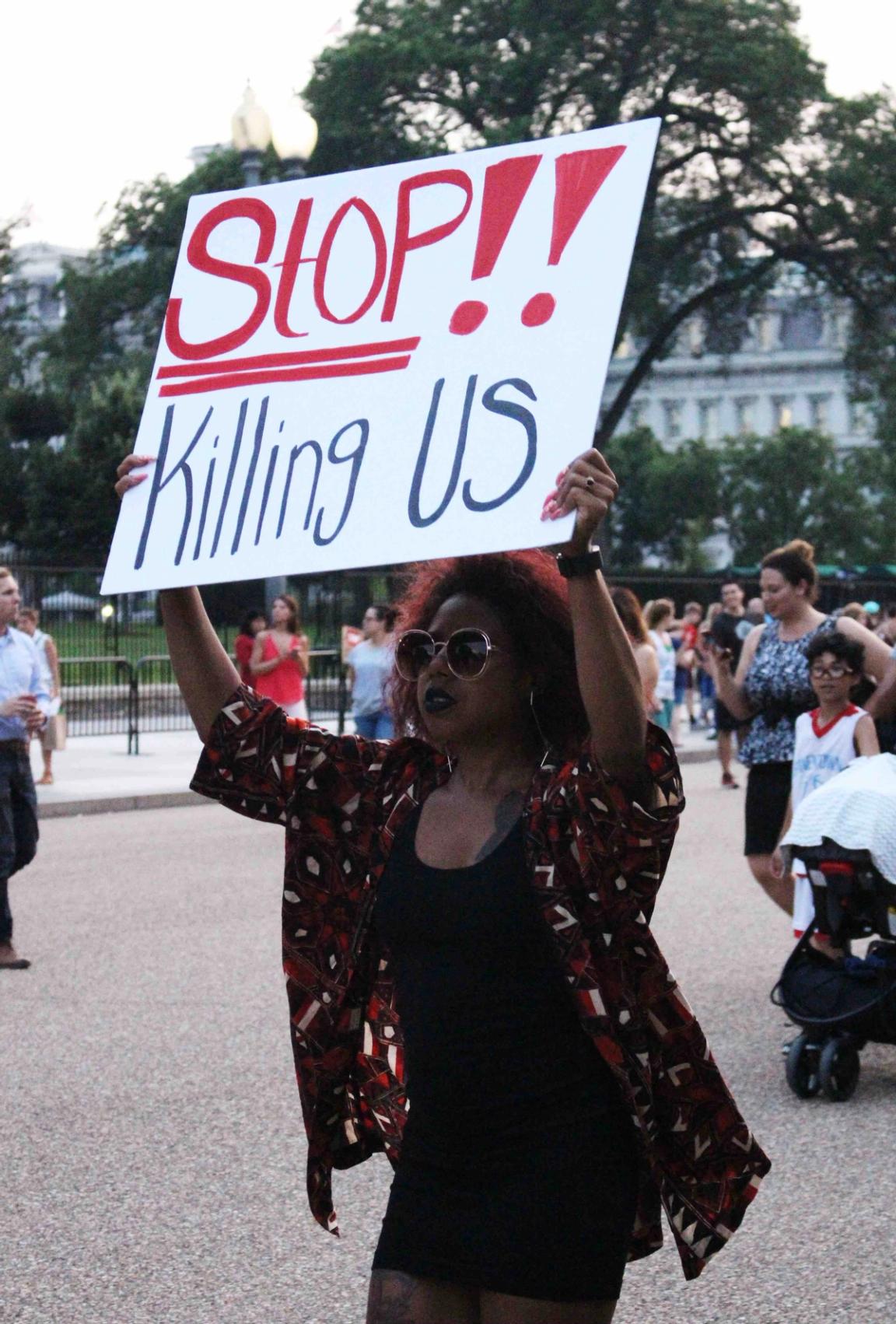
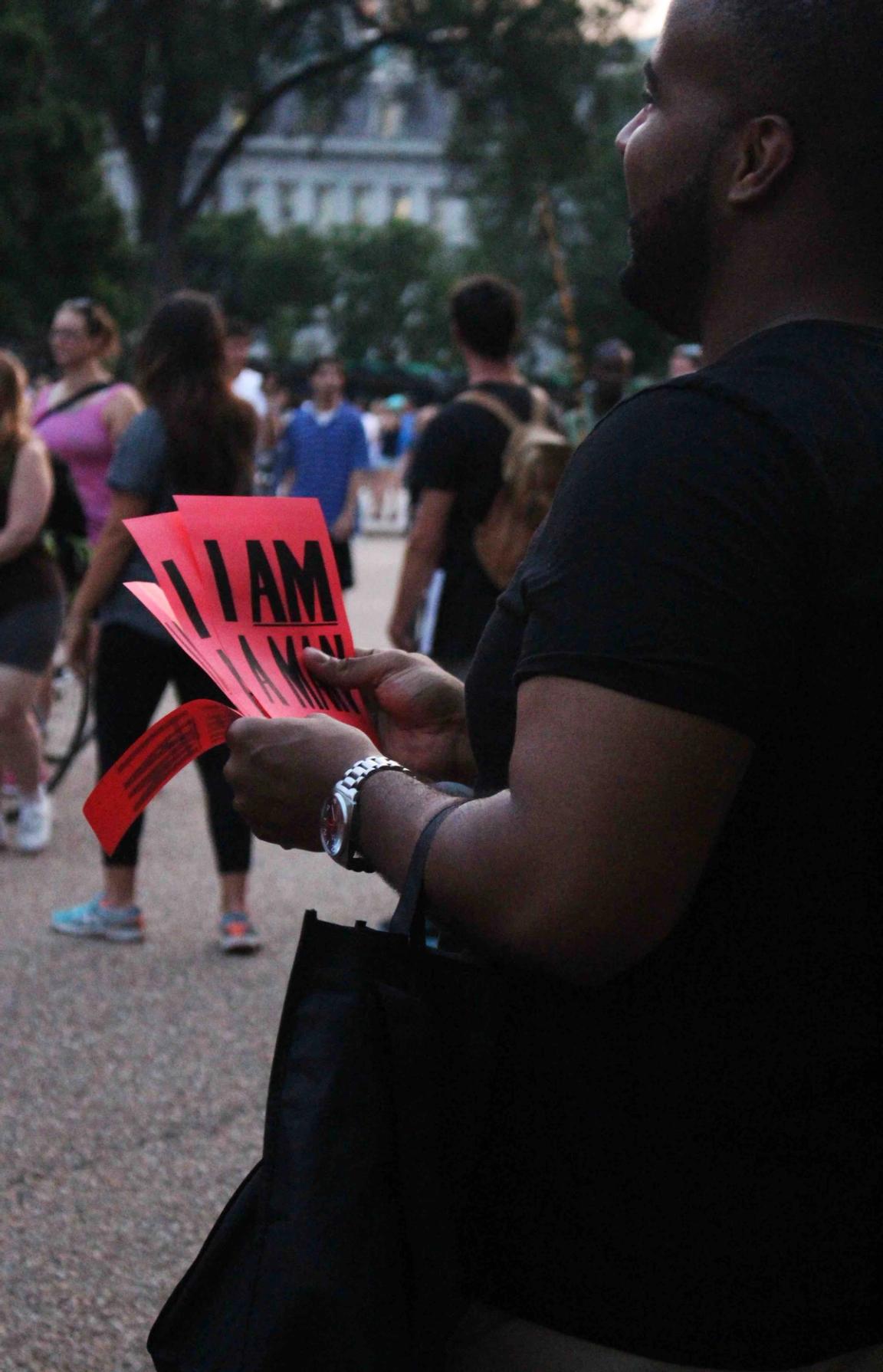
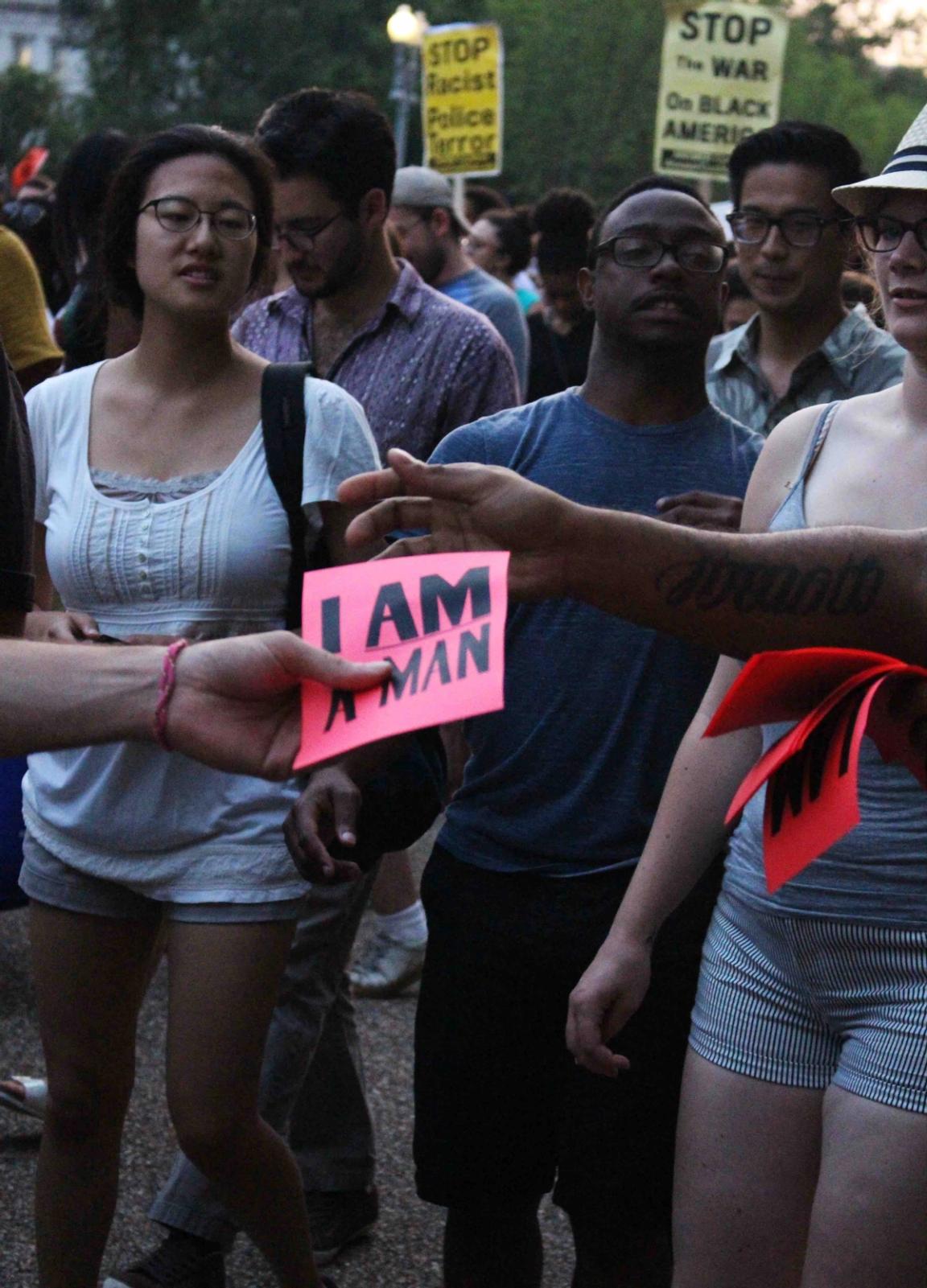

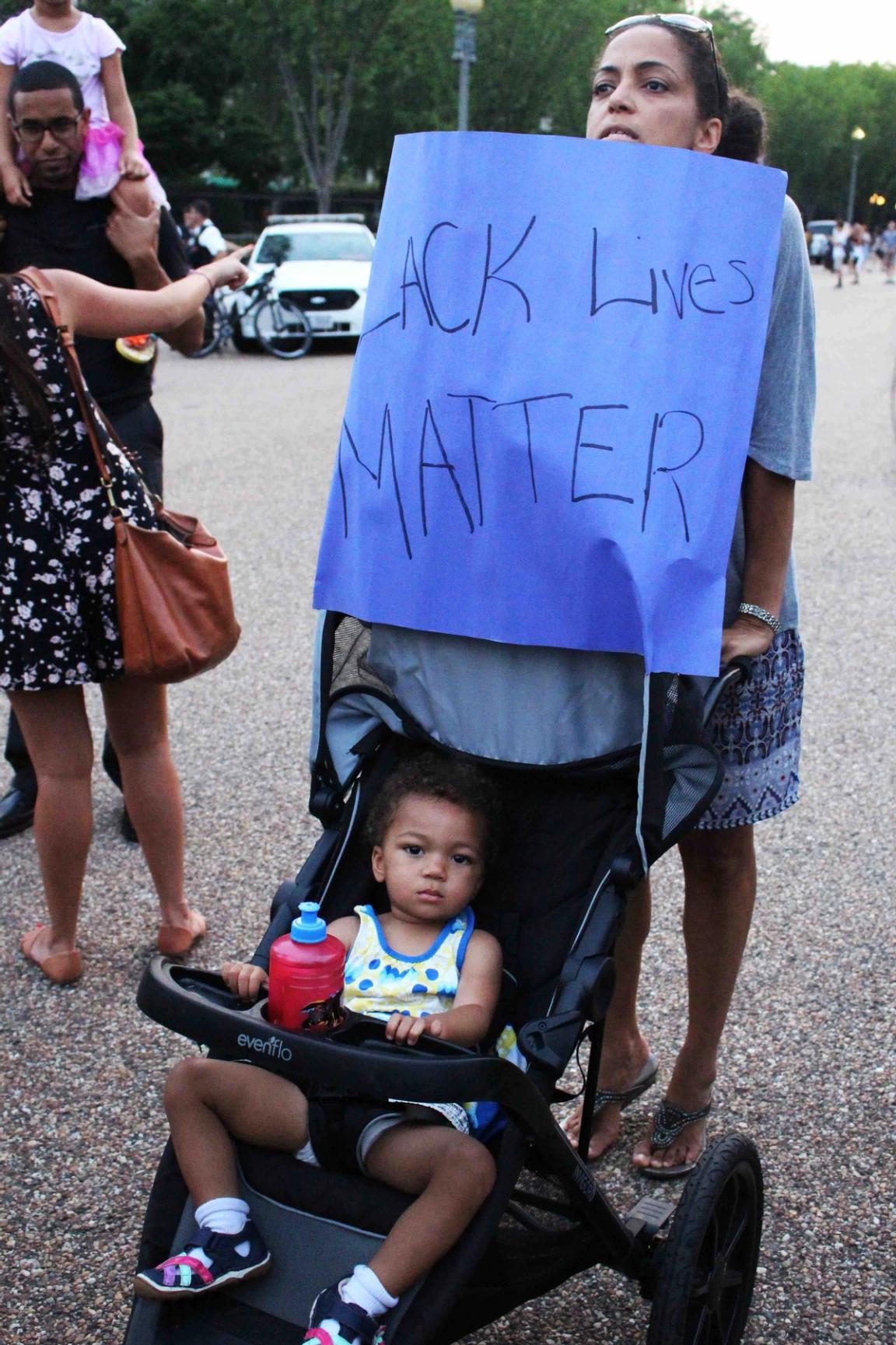
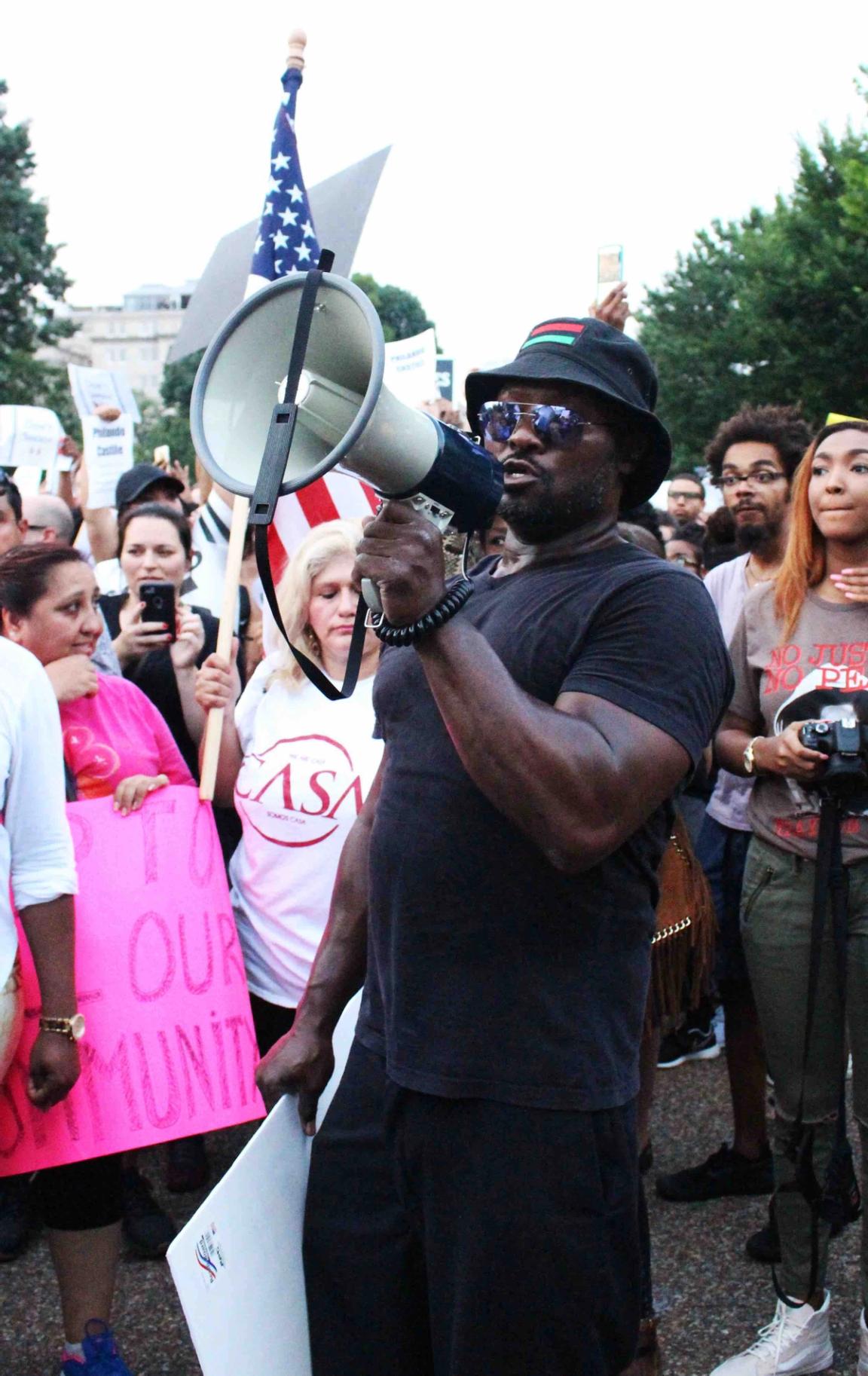
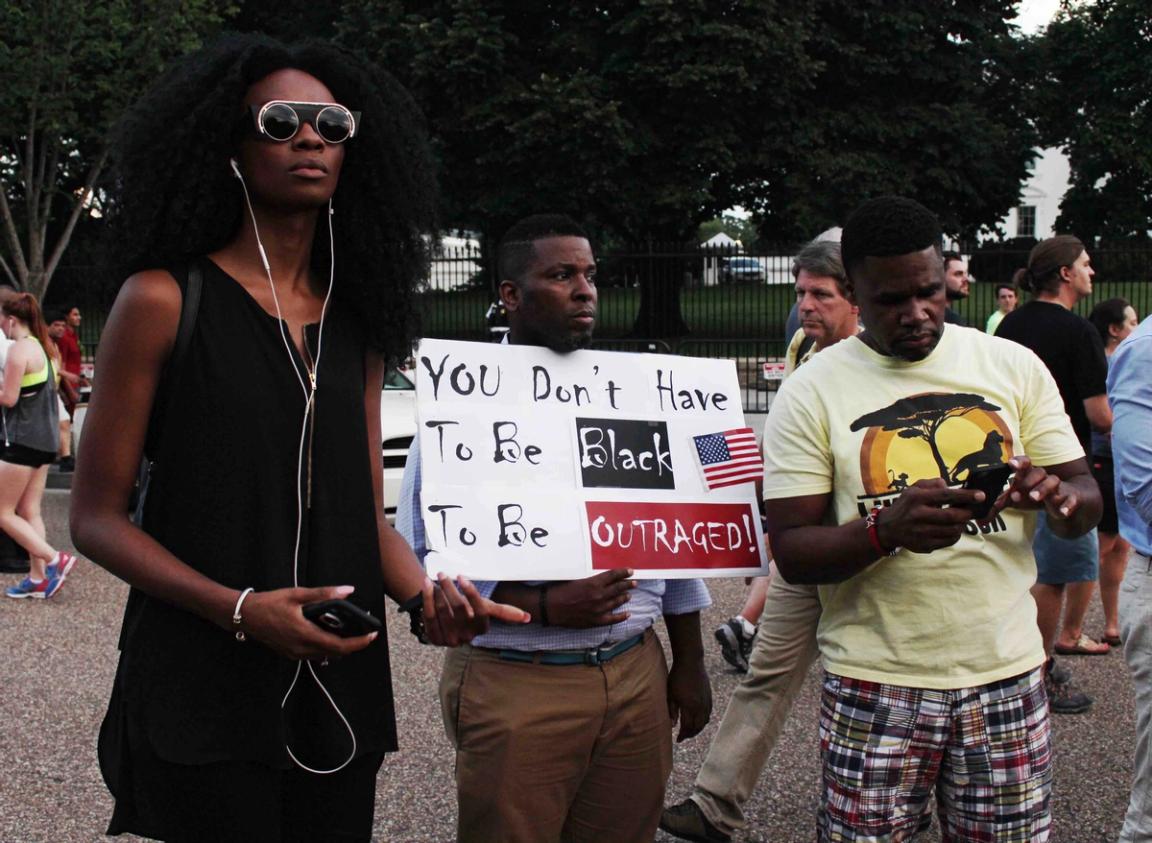
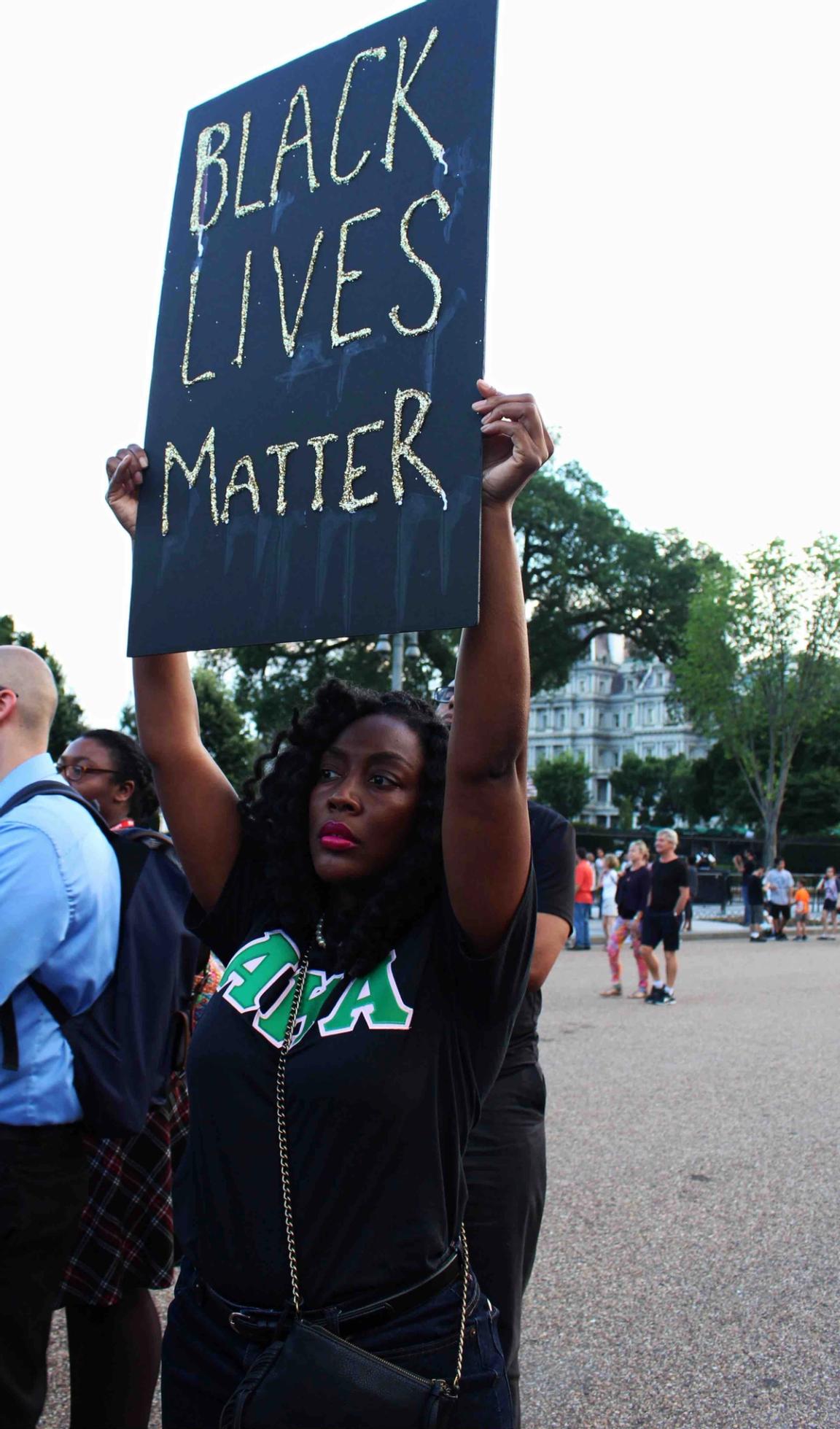
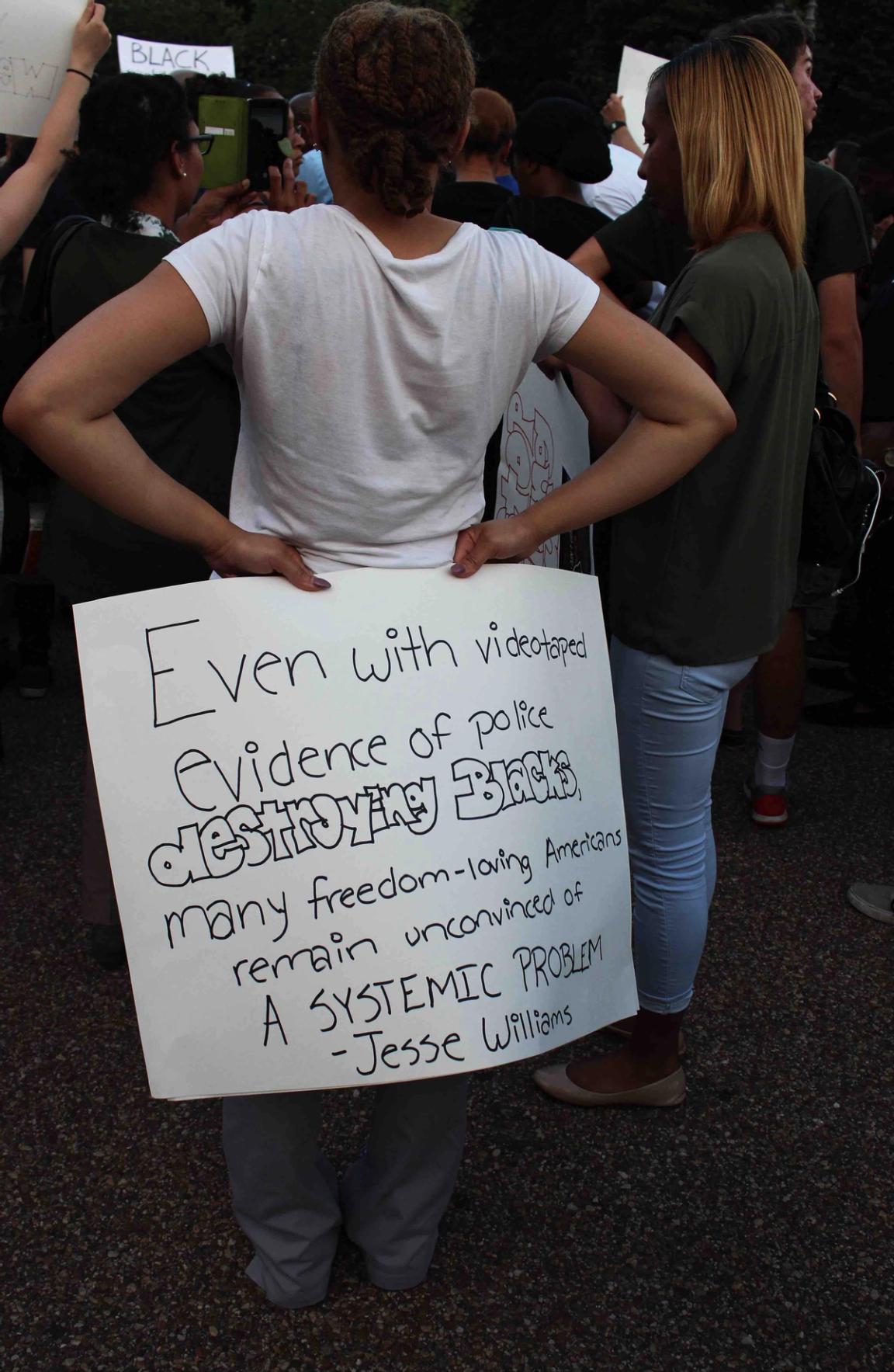

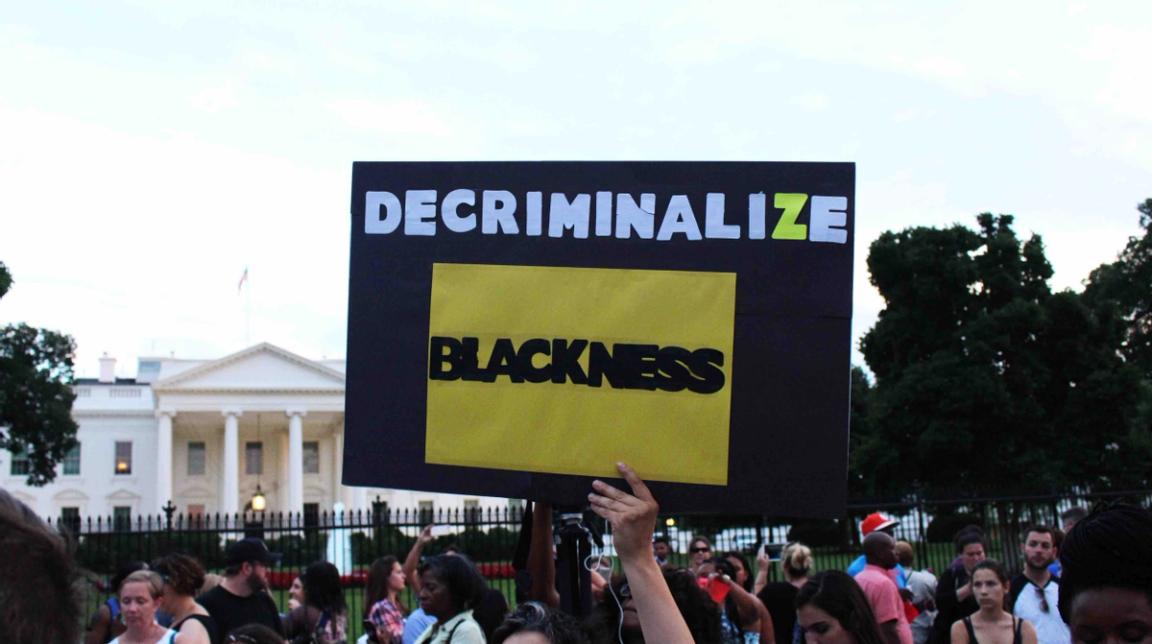
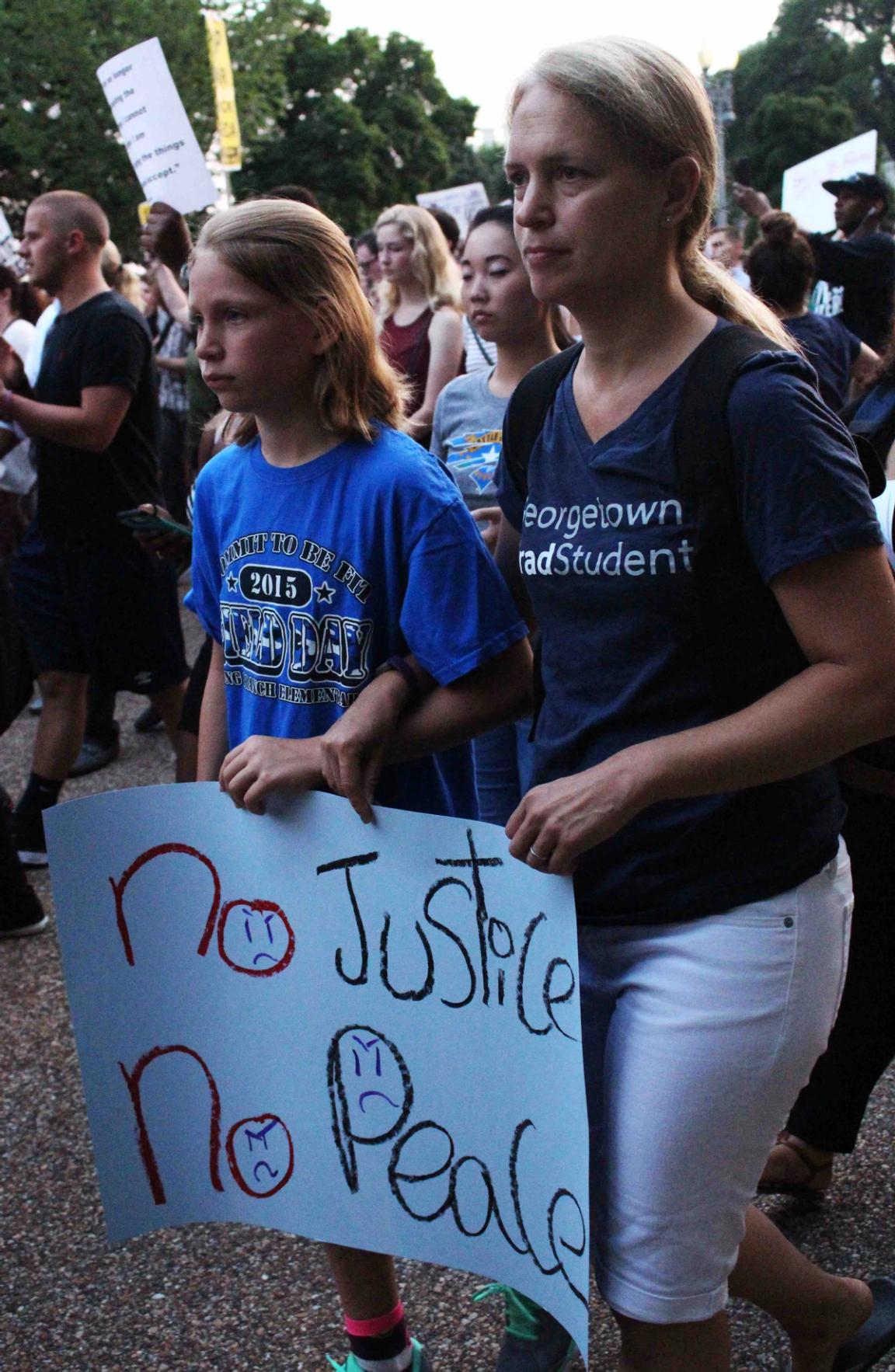
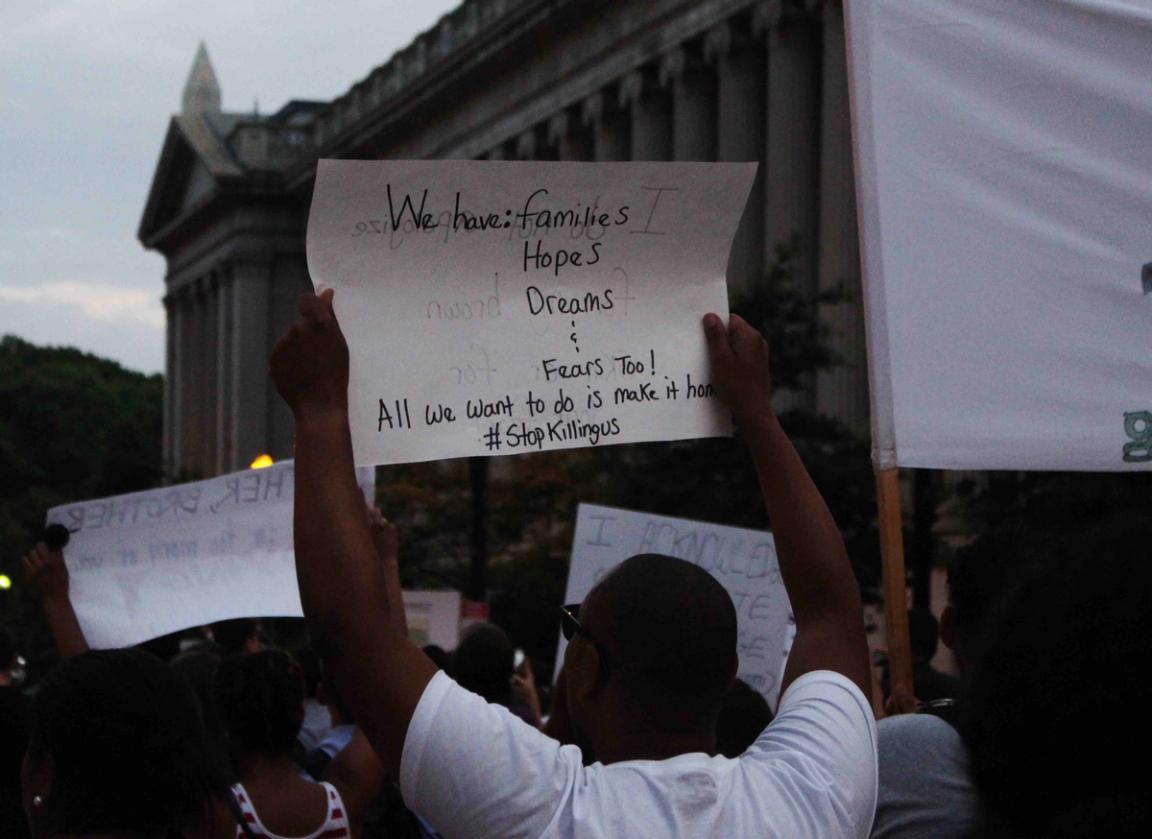

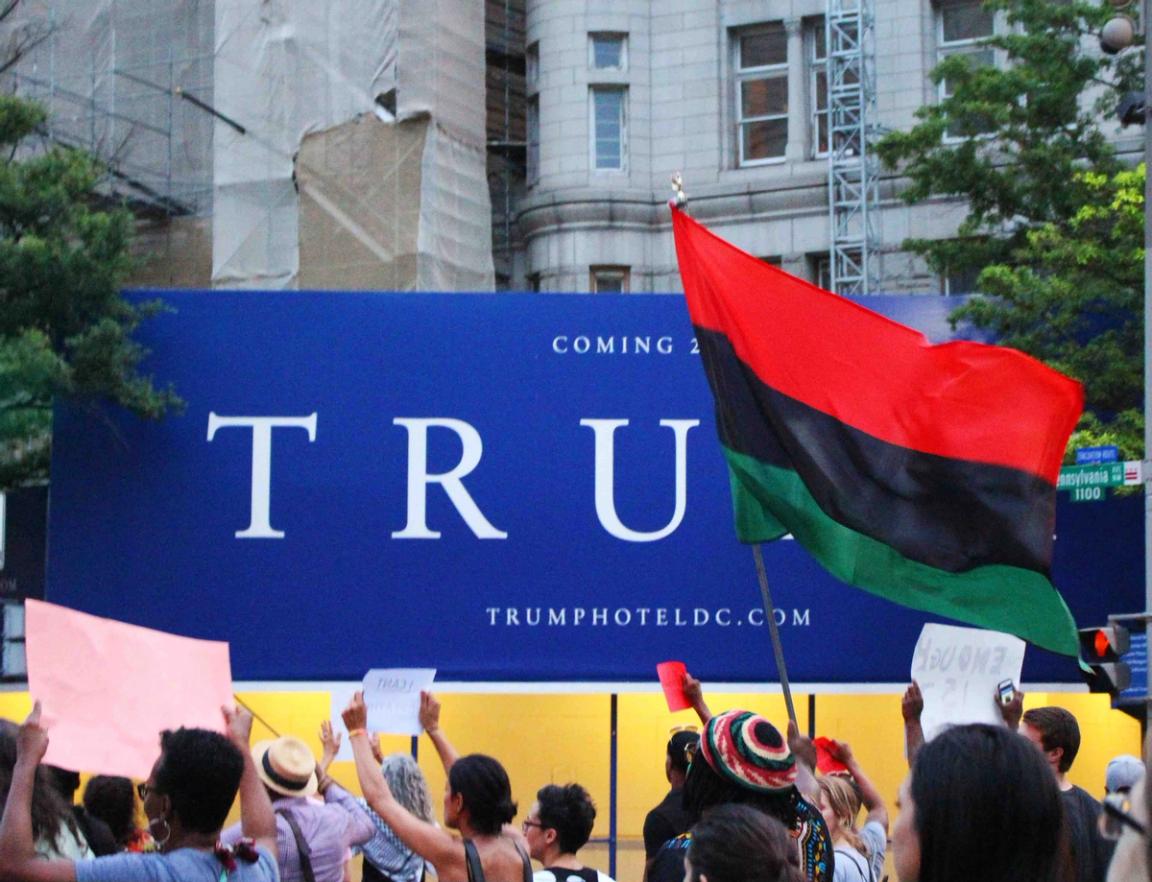
Black Panther flag overshadowing Trump – as it should be

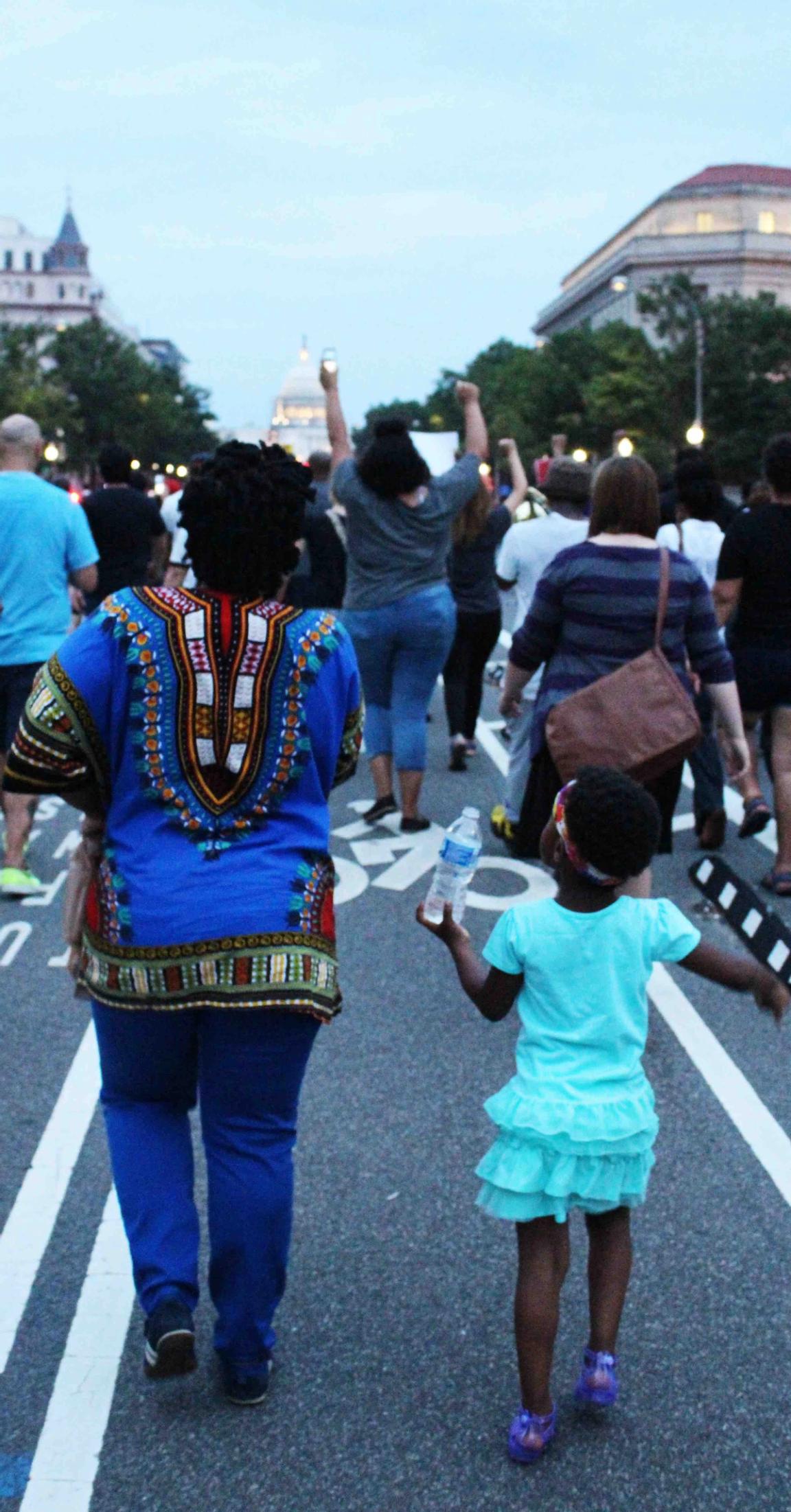

Sidewalk supporters joining the march

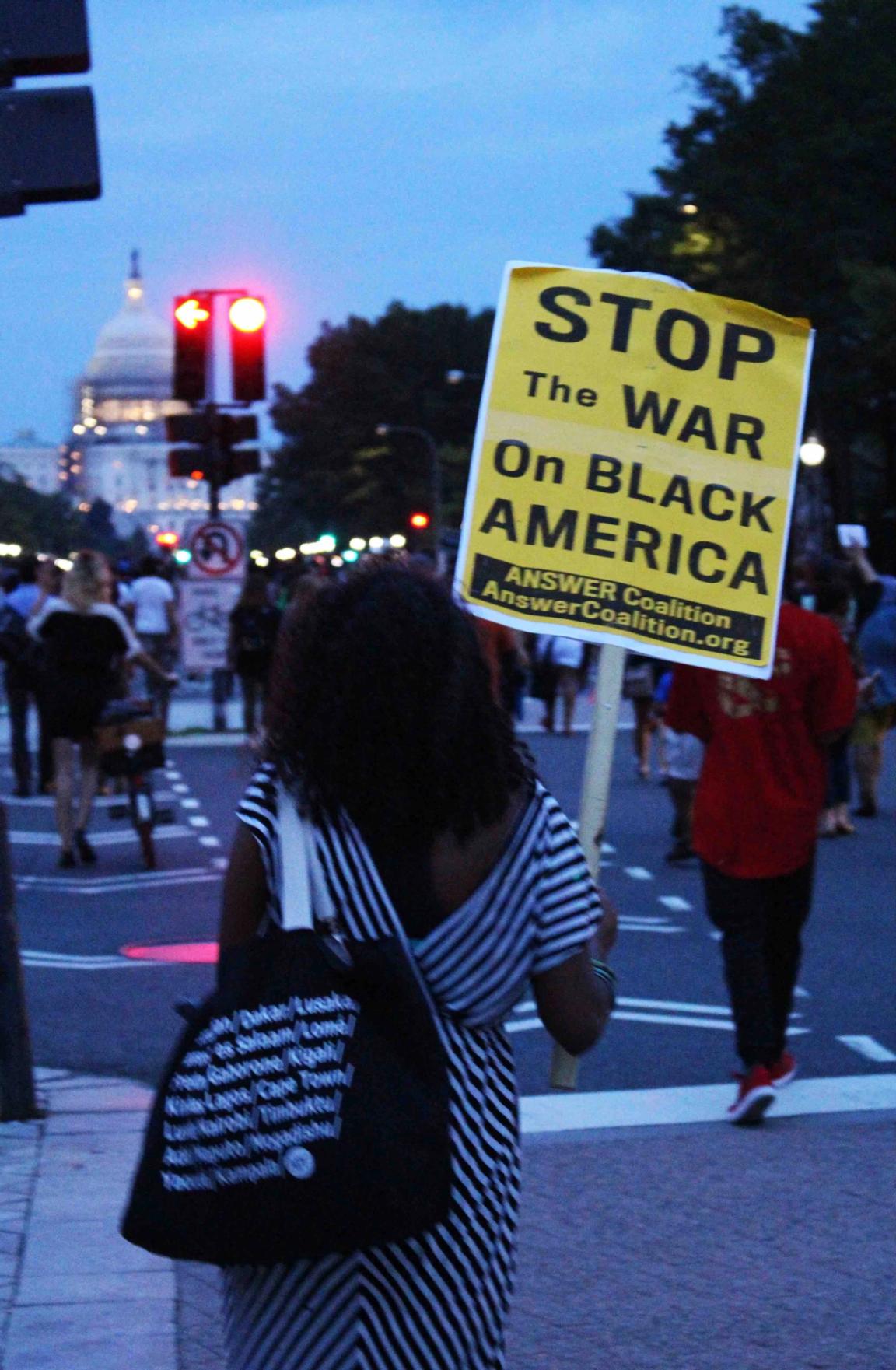
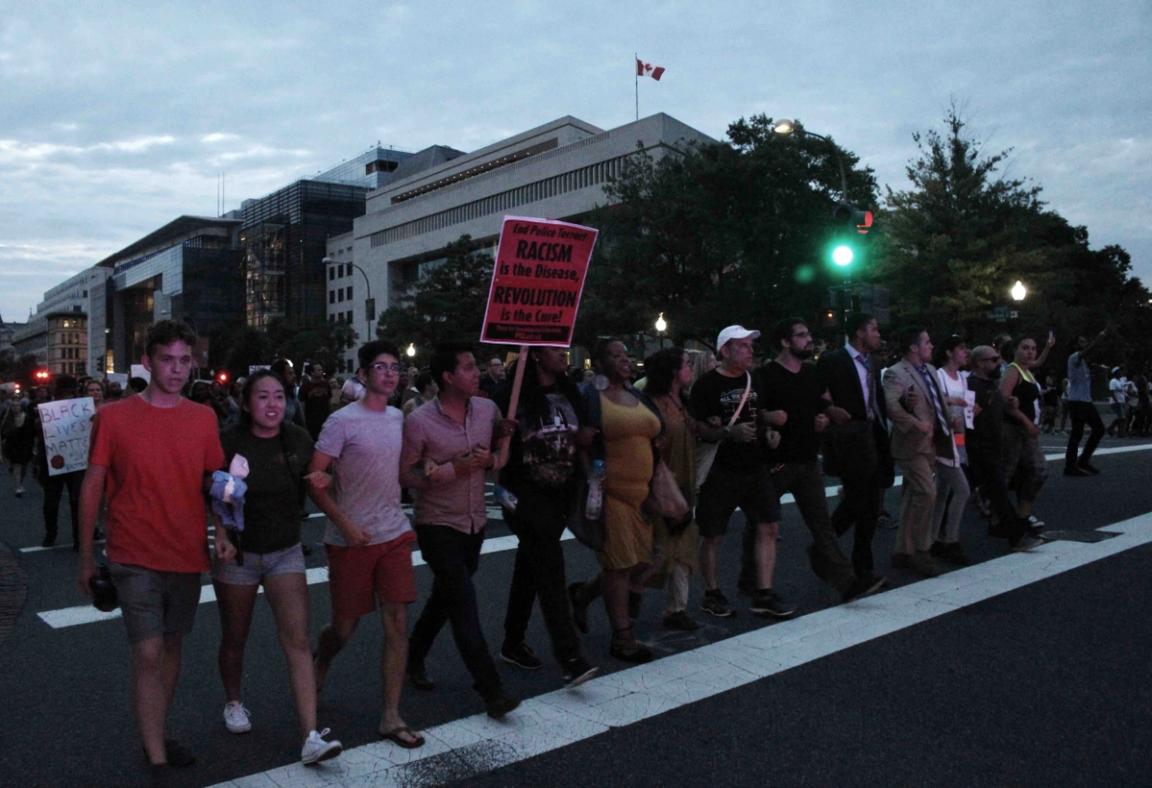
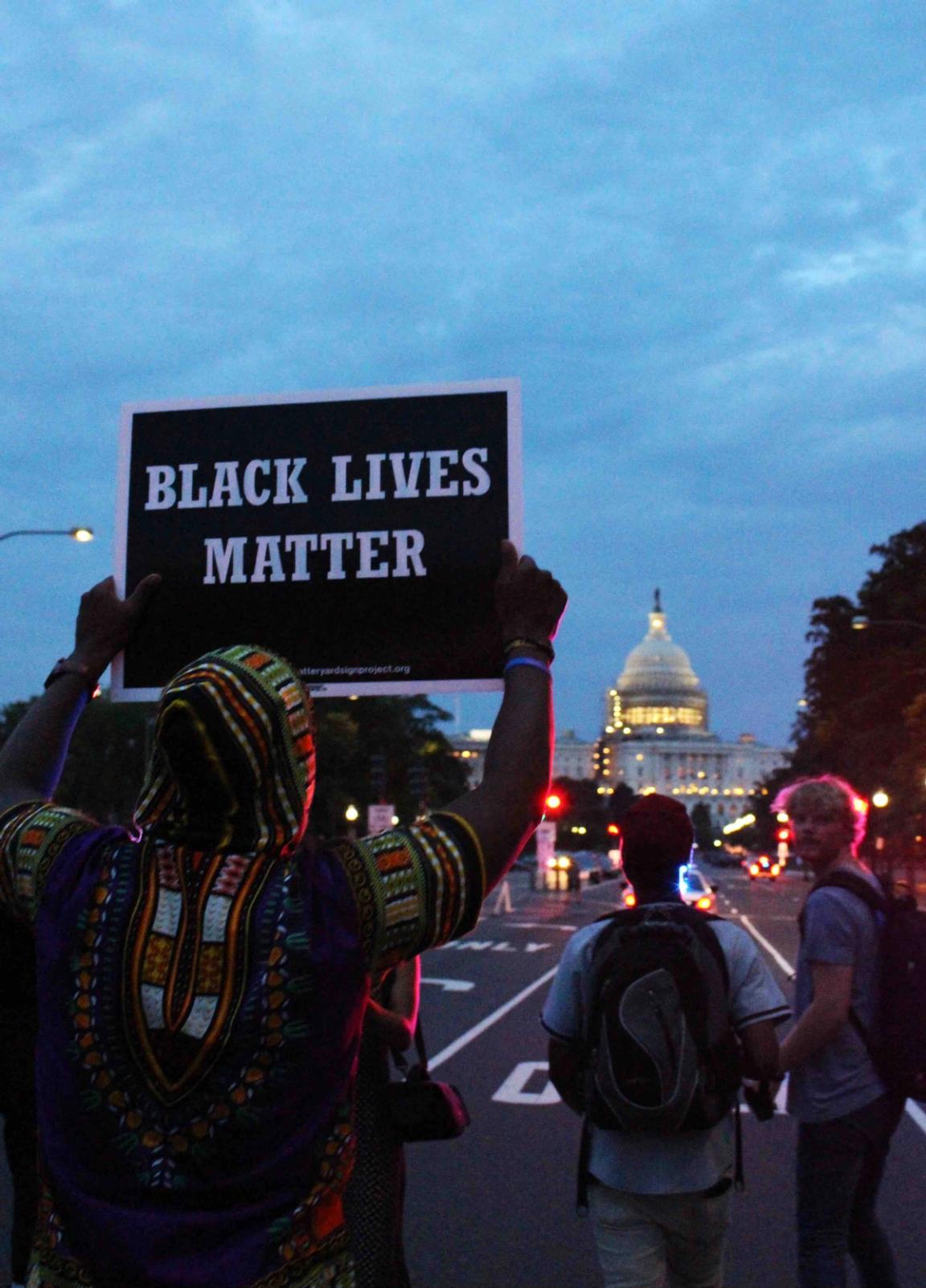

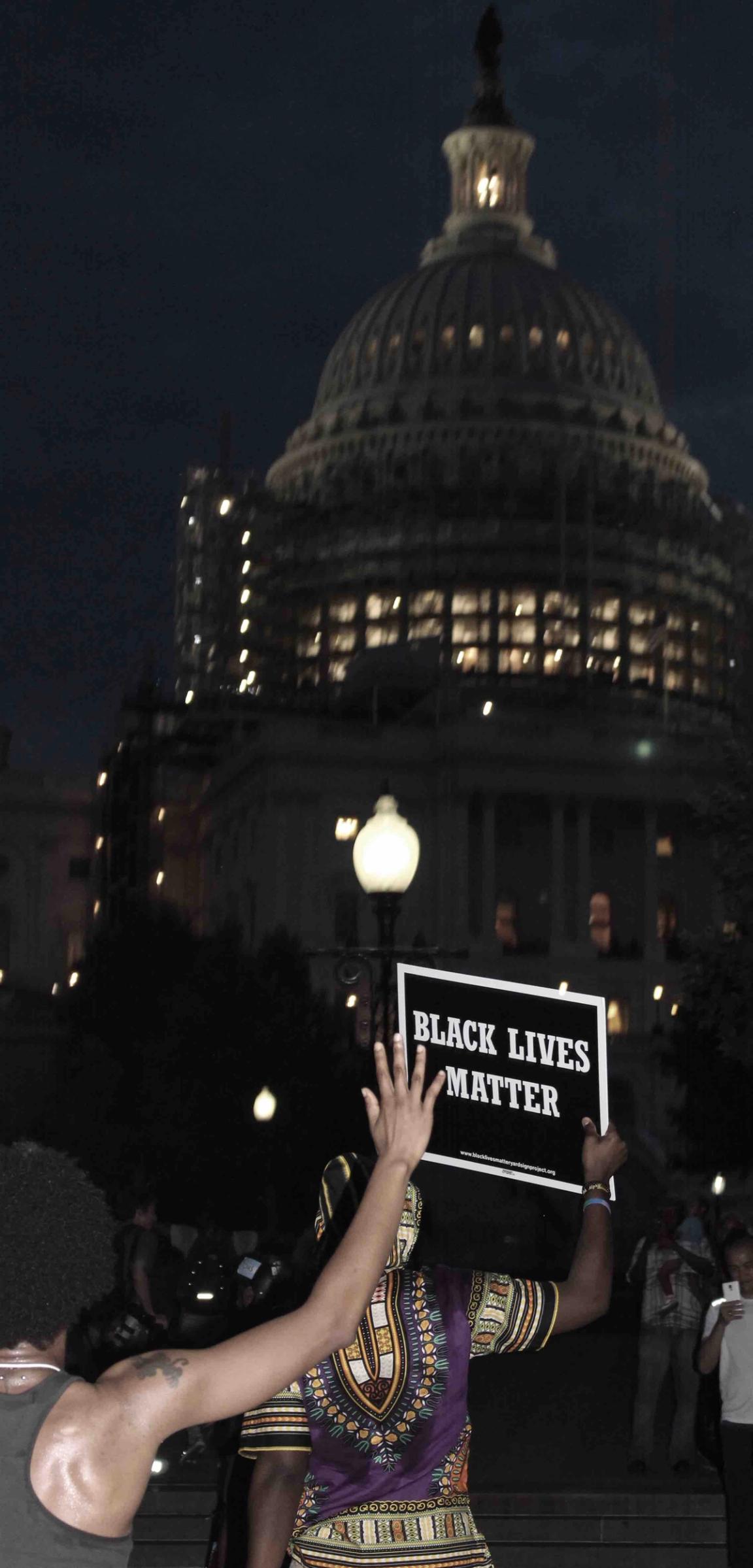
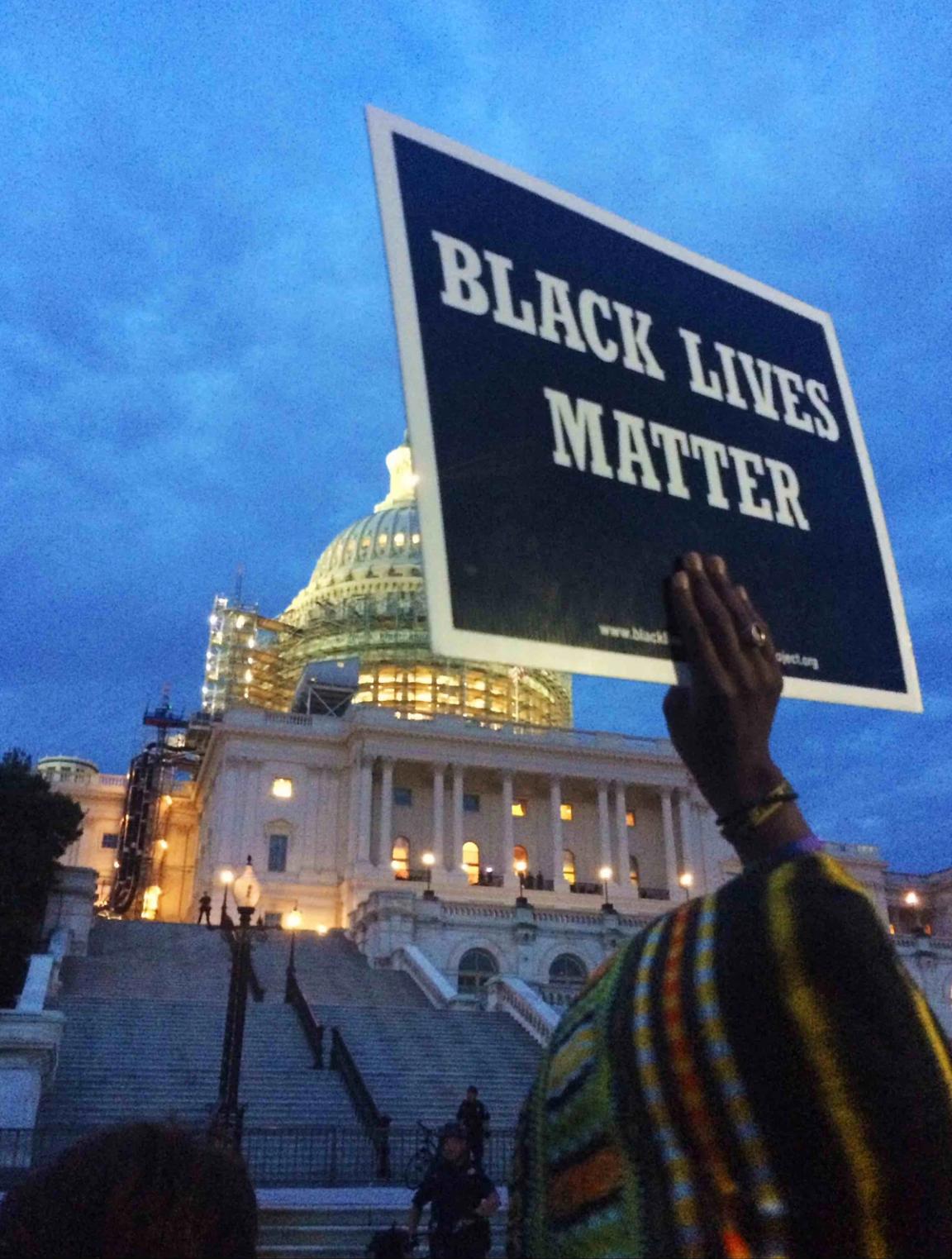
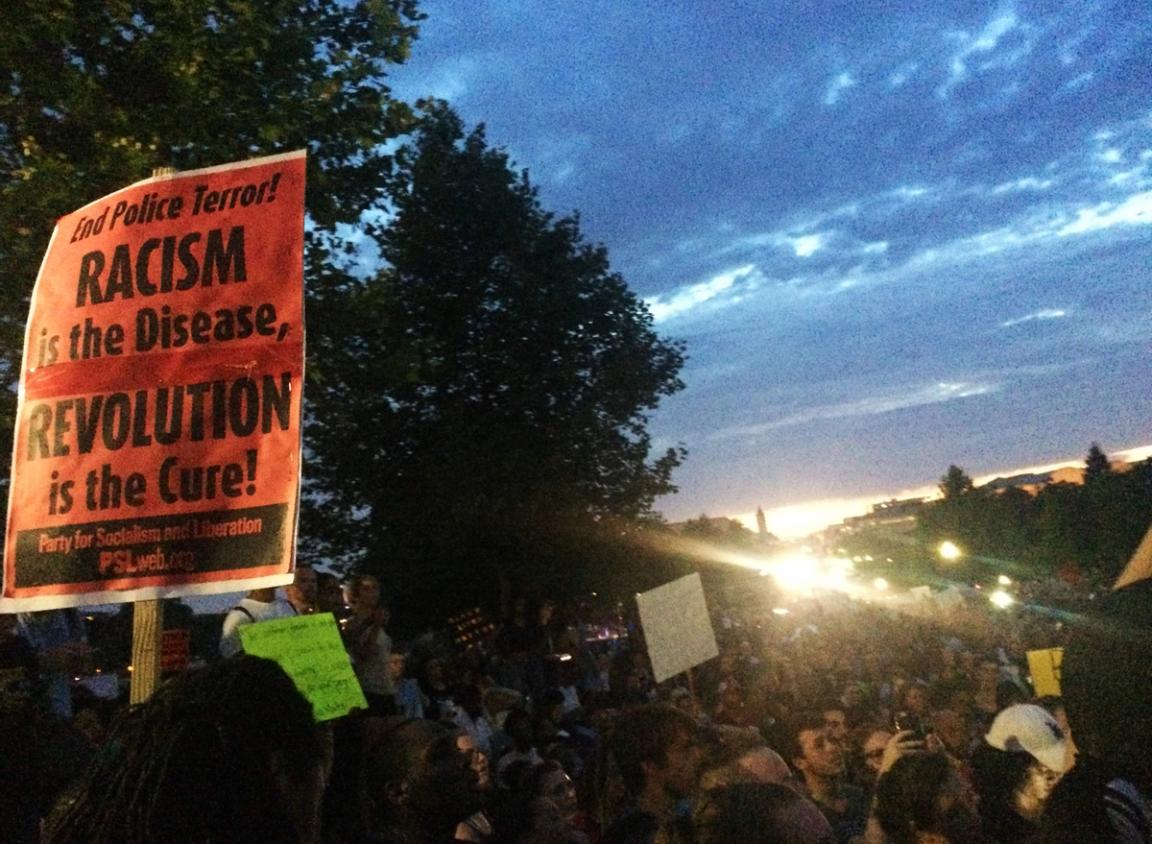
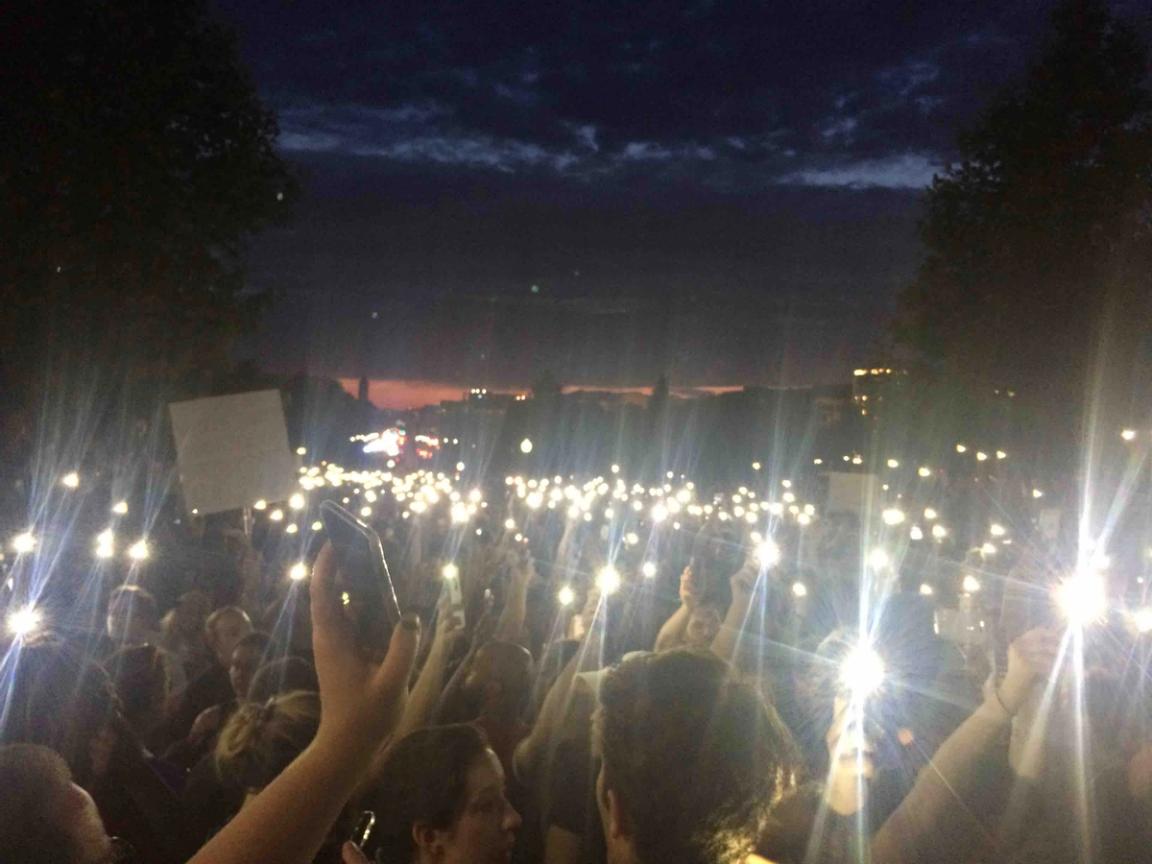
Lights up for black lives
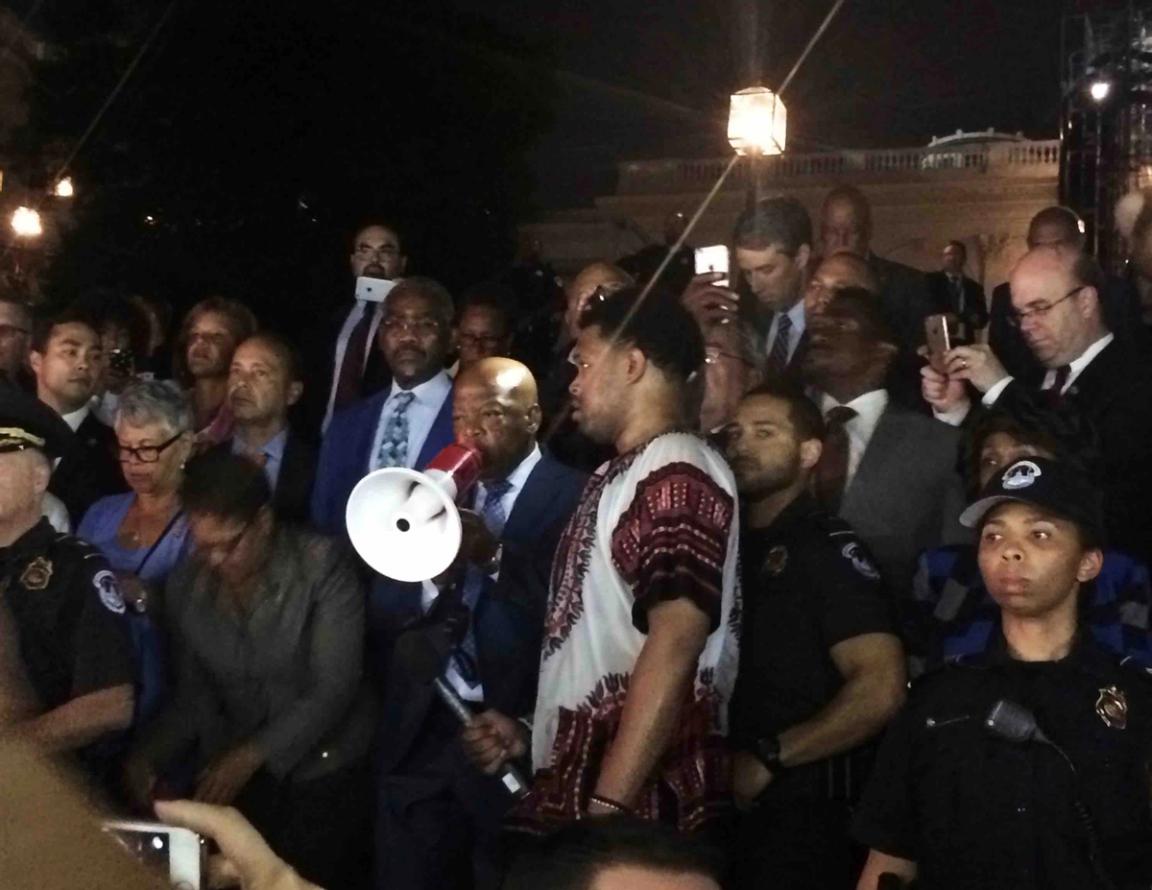
Rep. John Lewis speaks to a tense crowd


